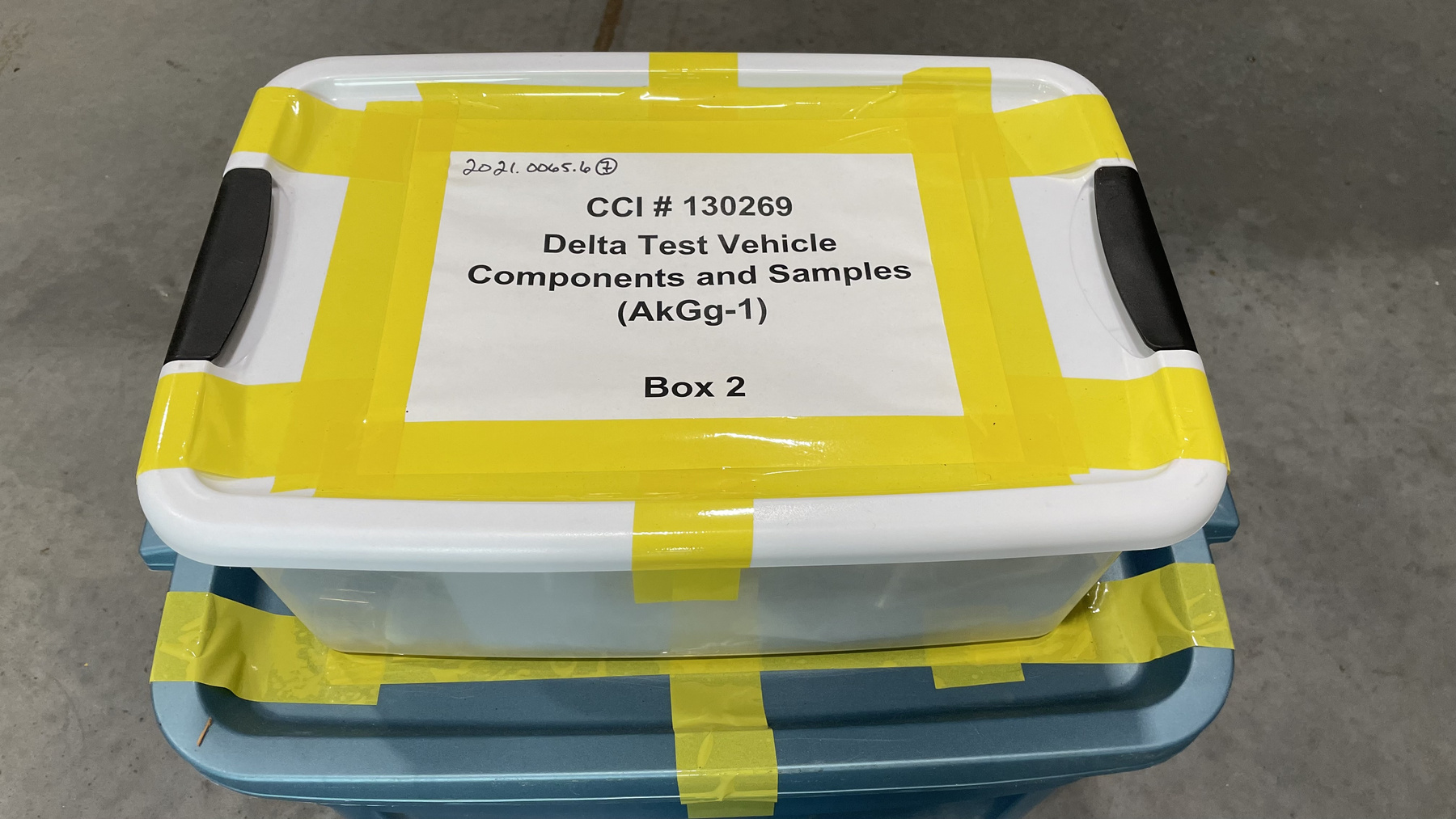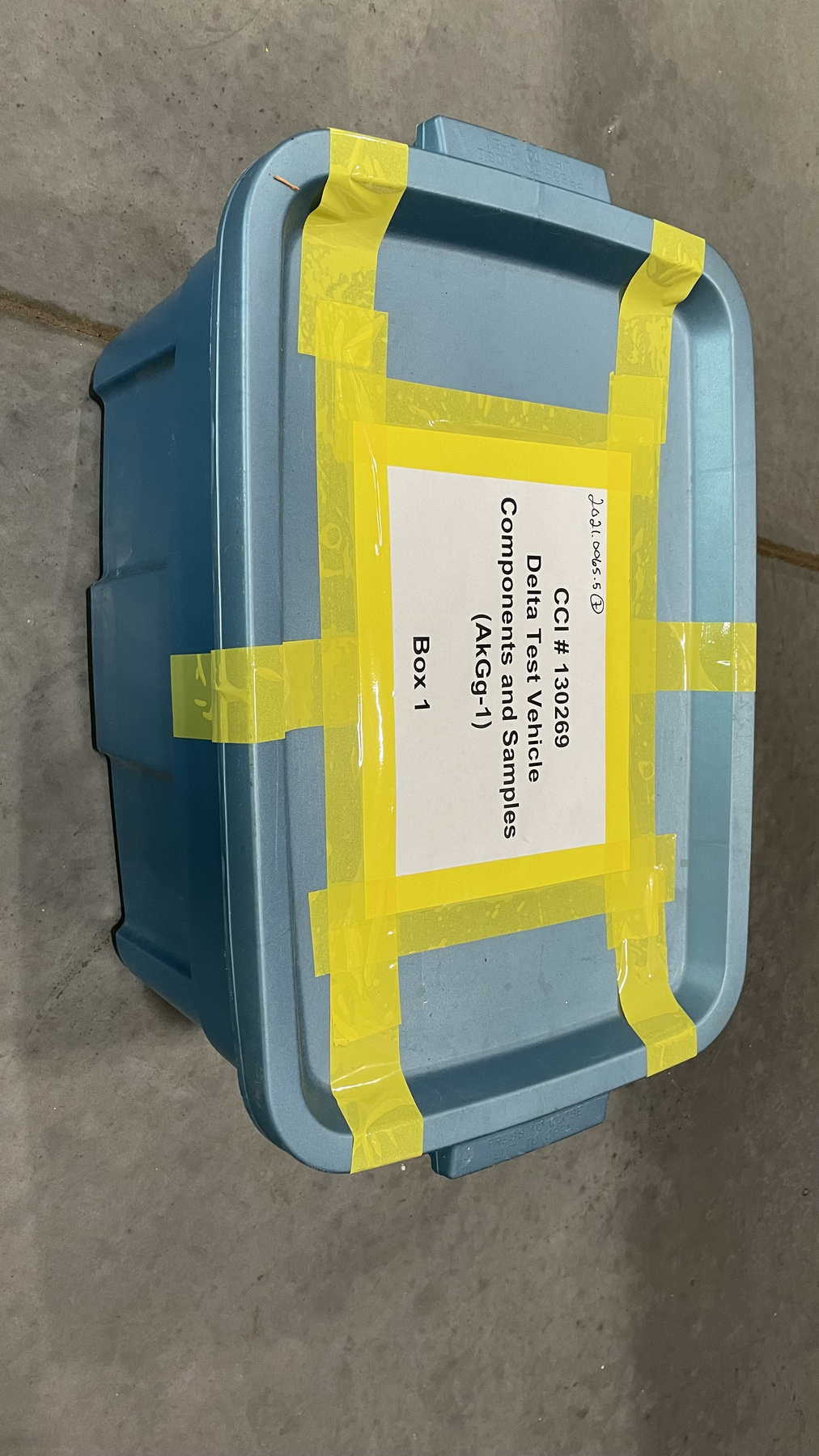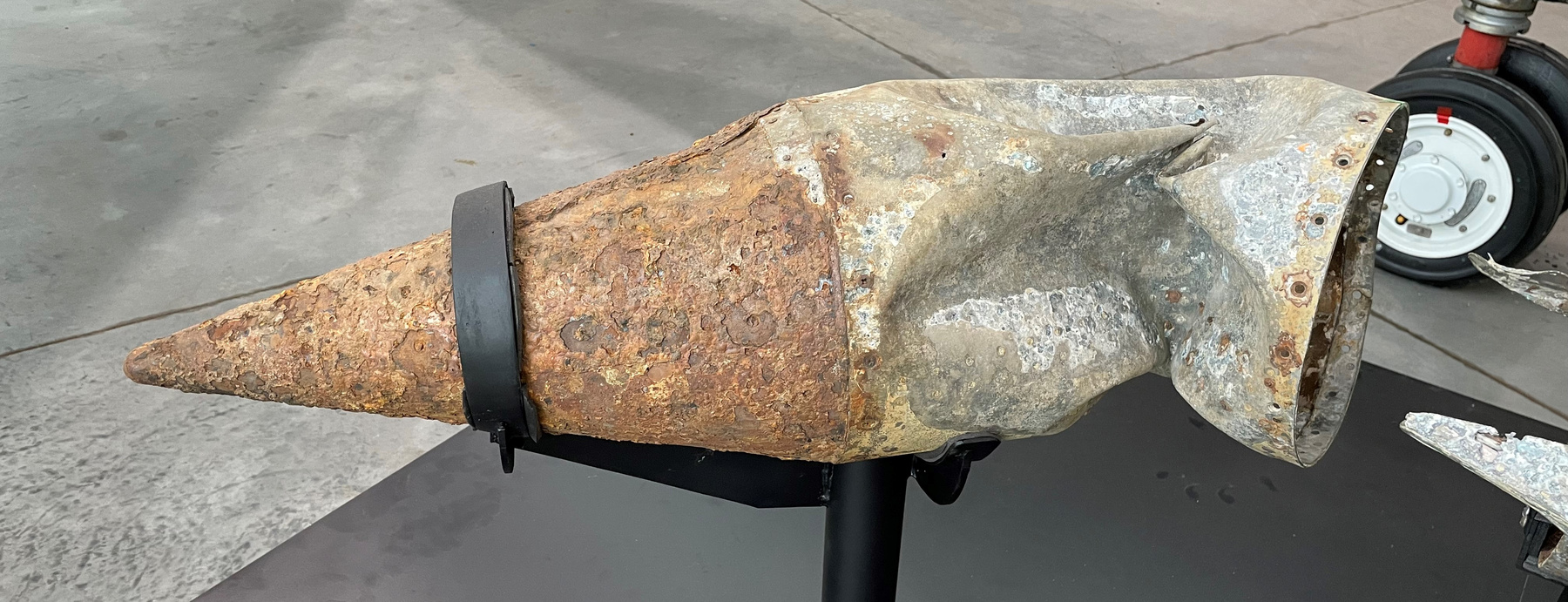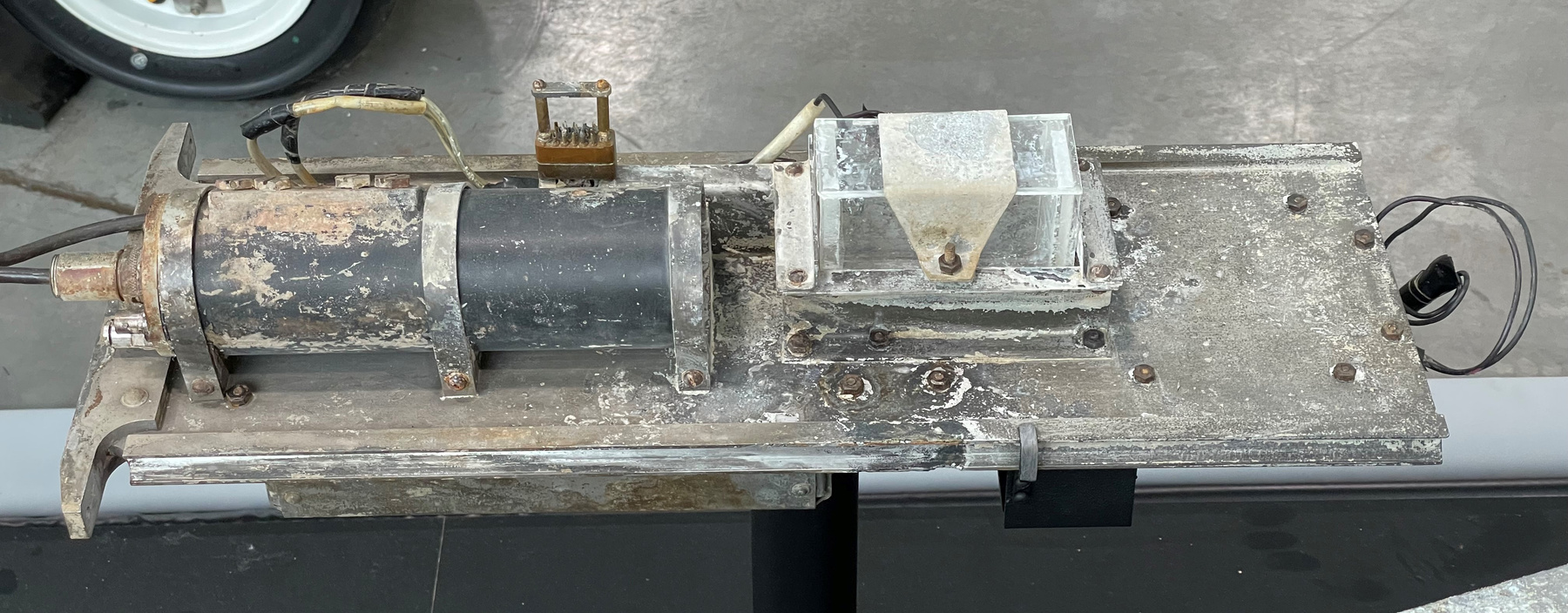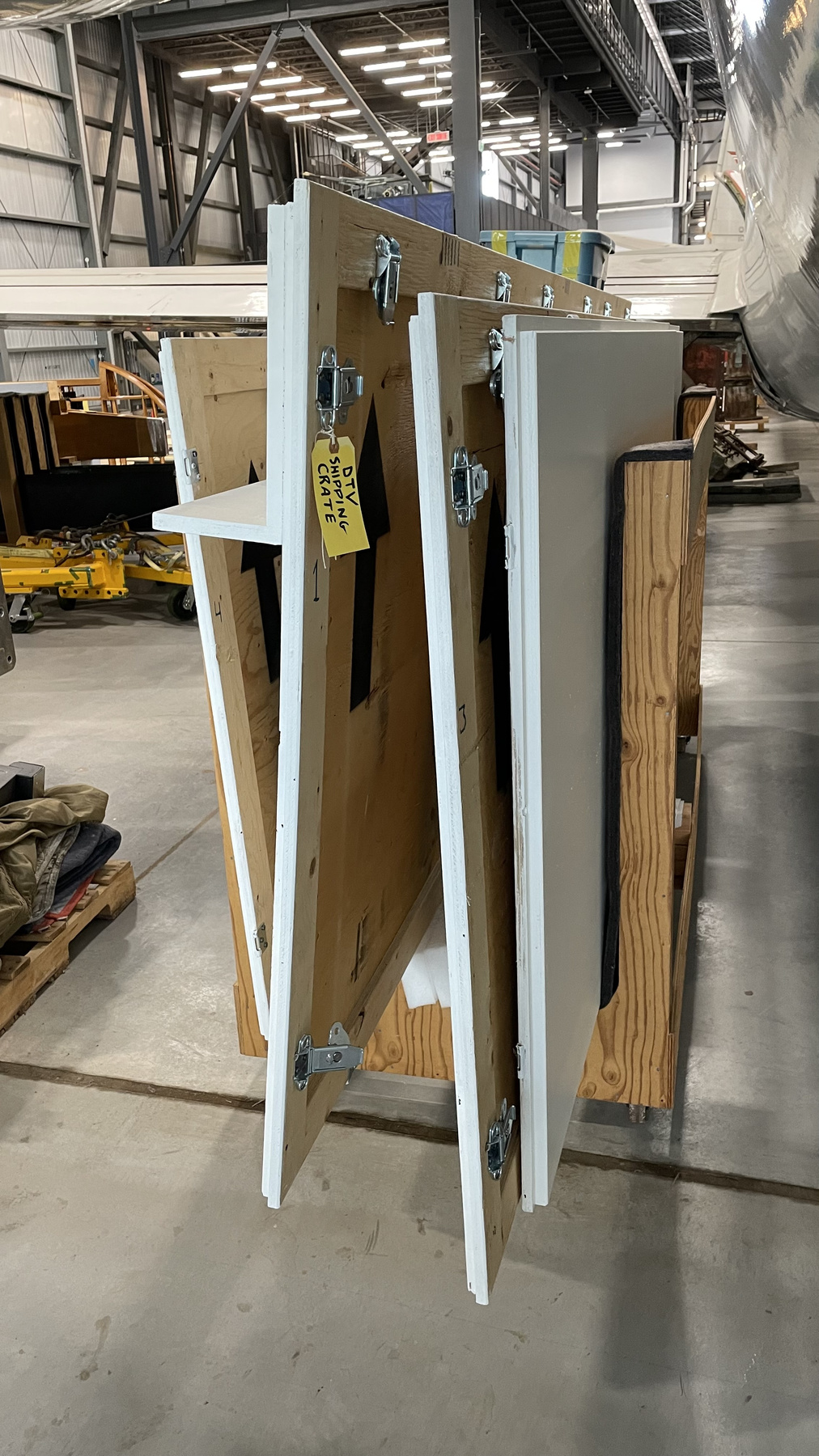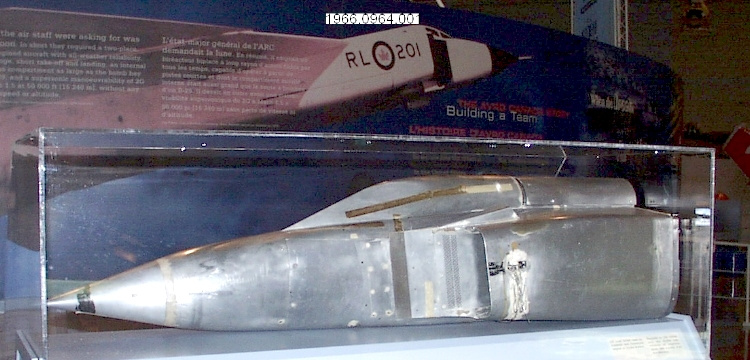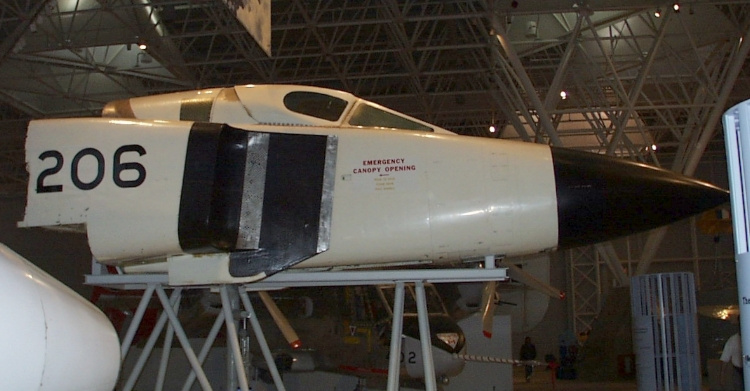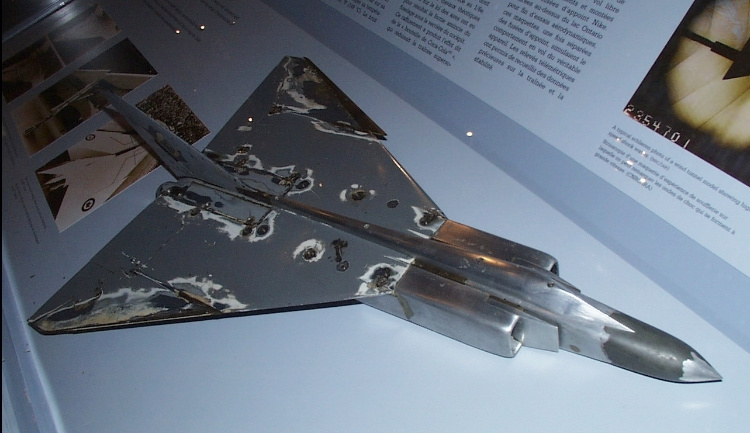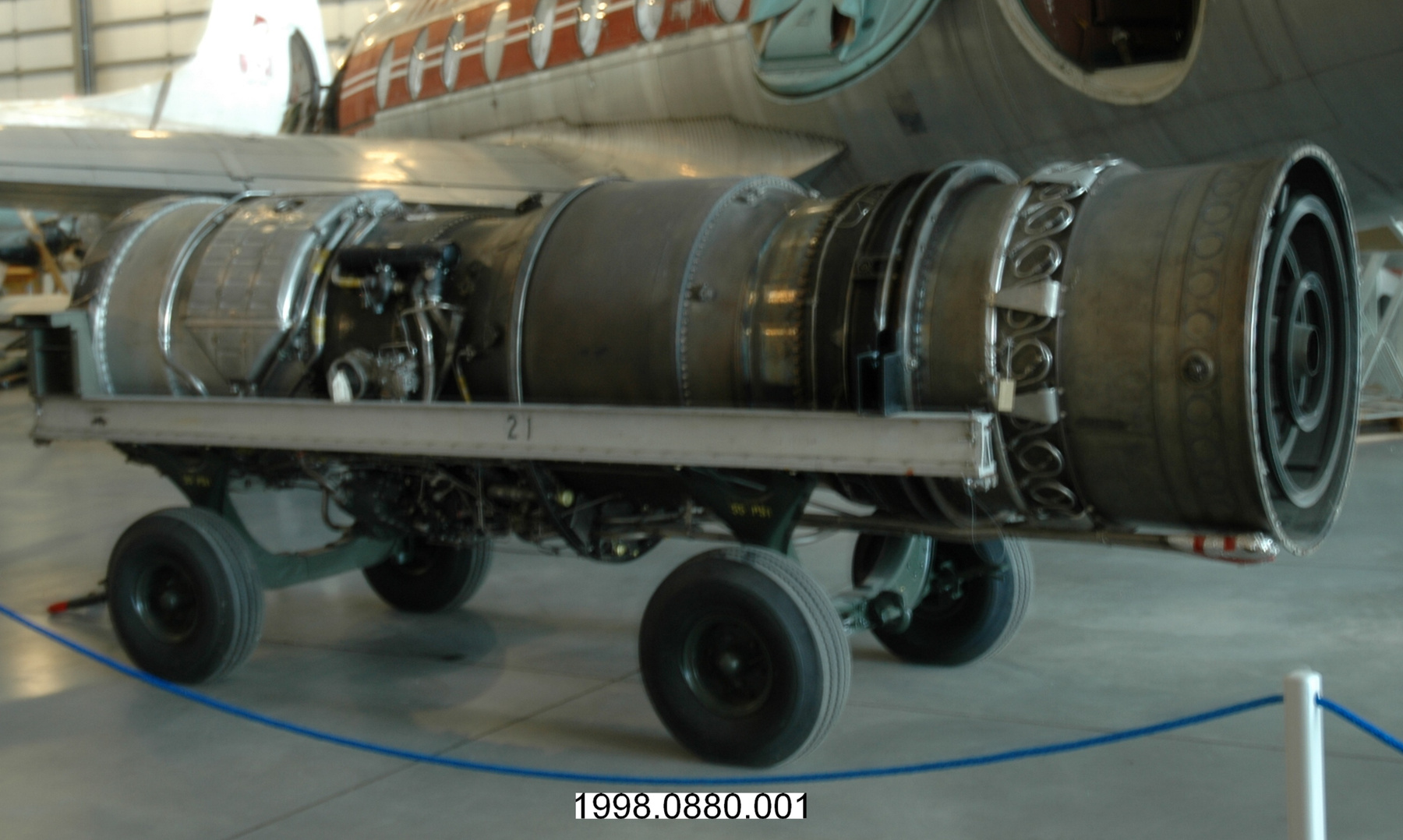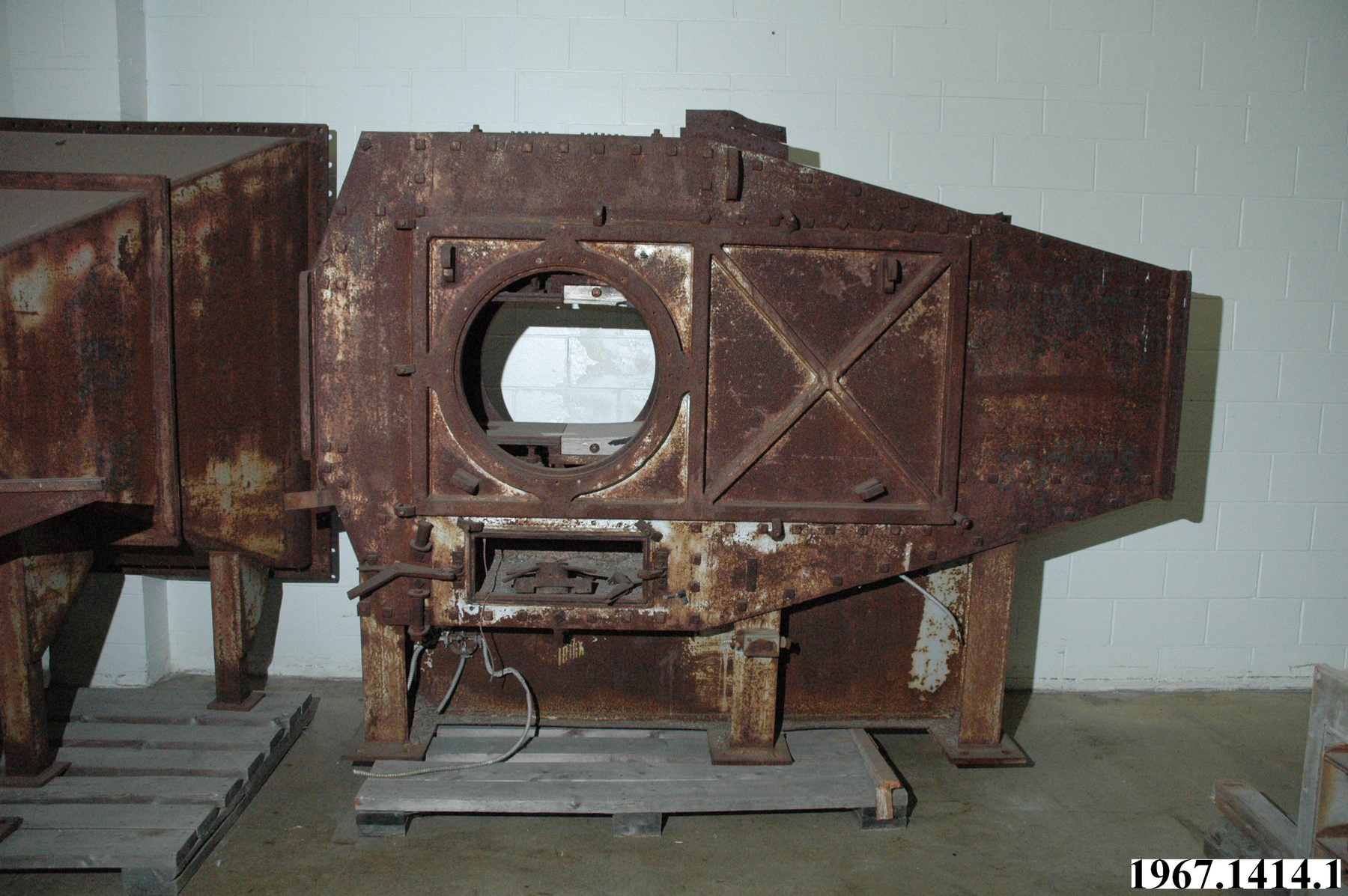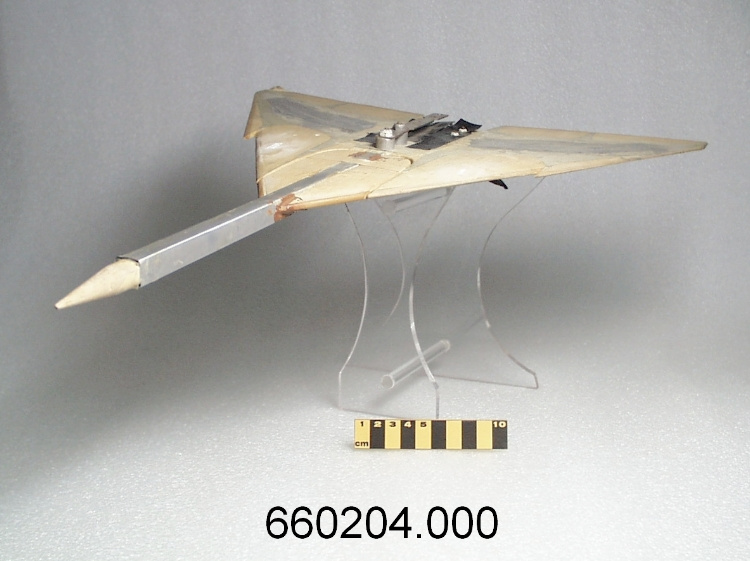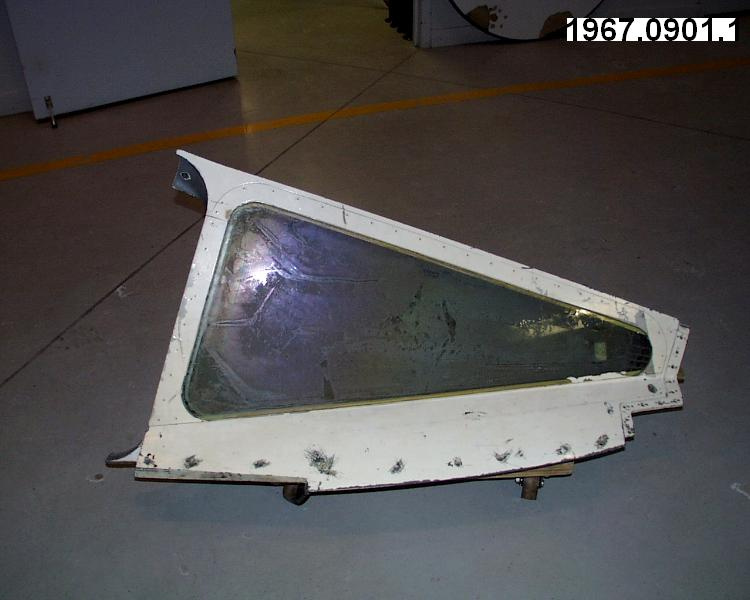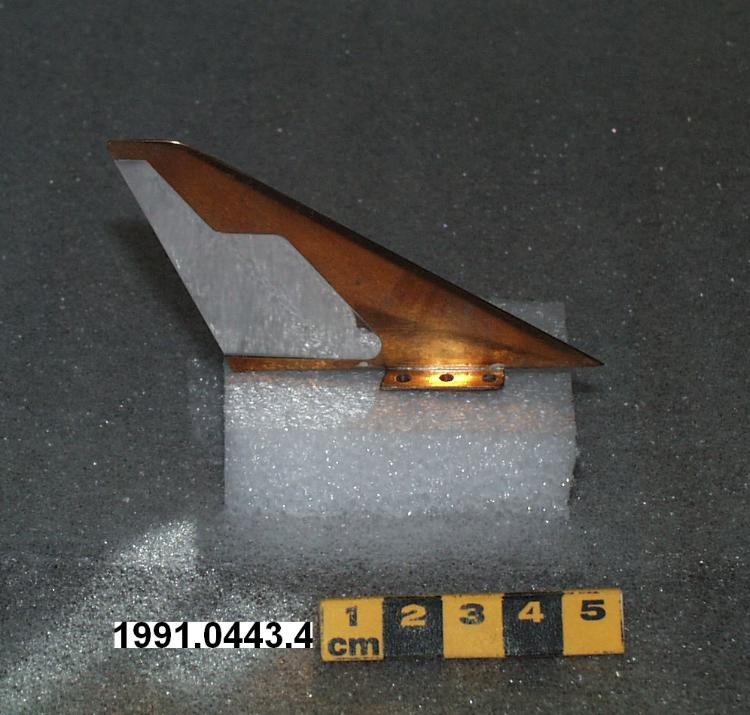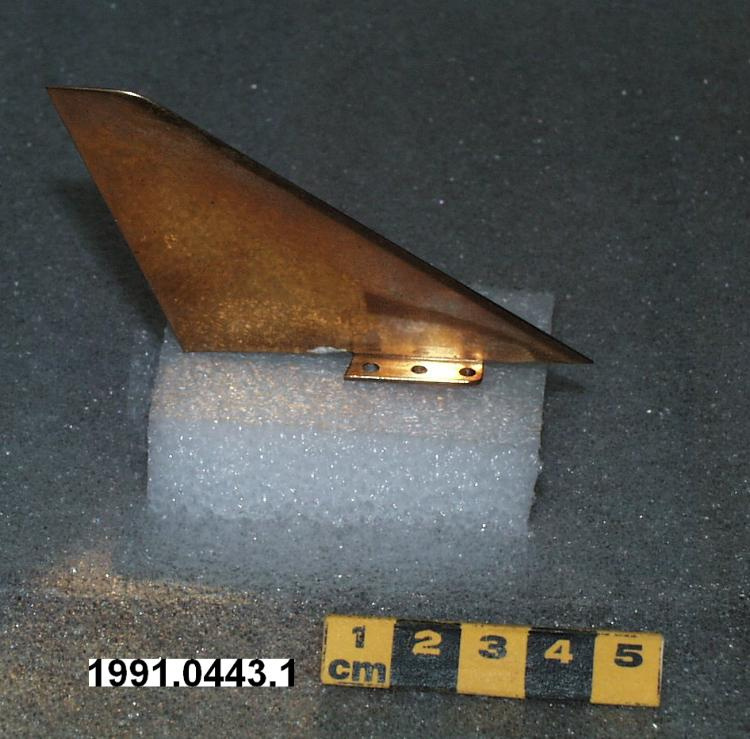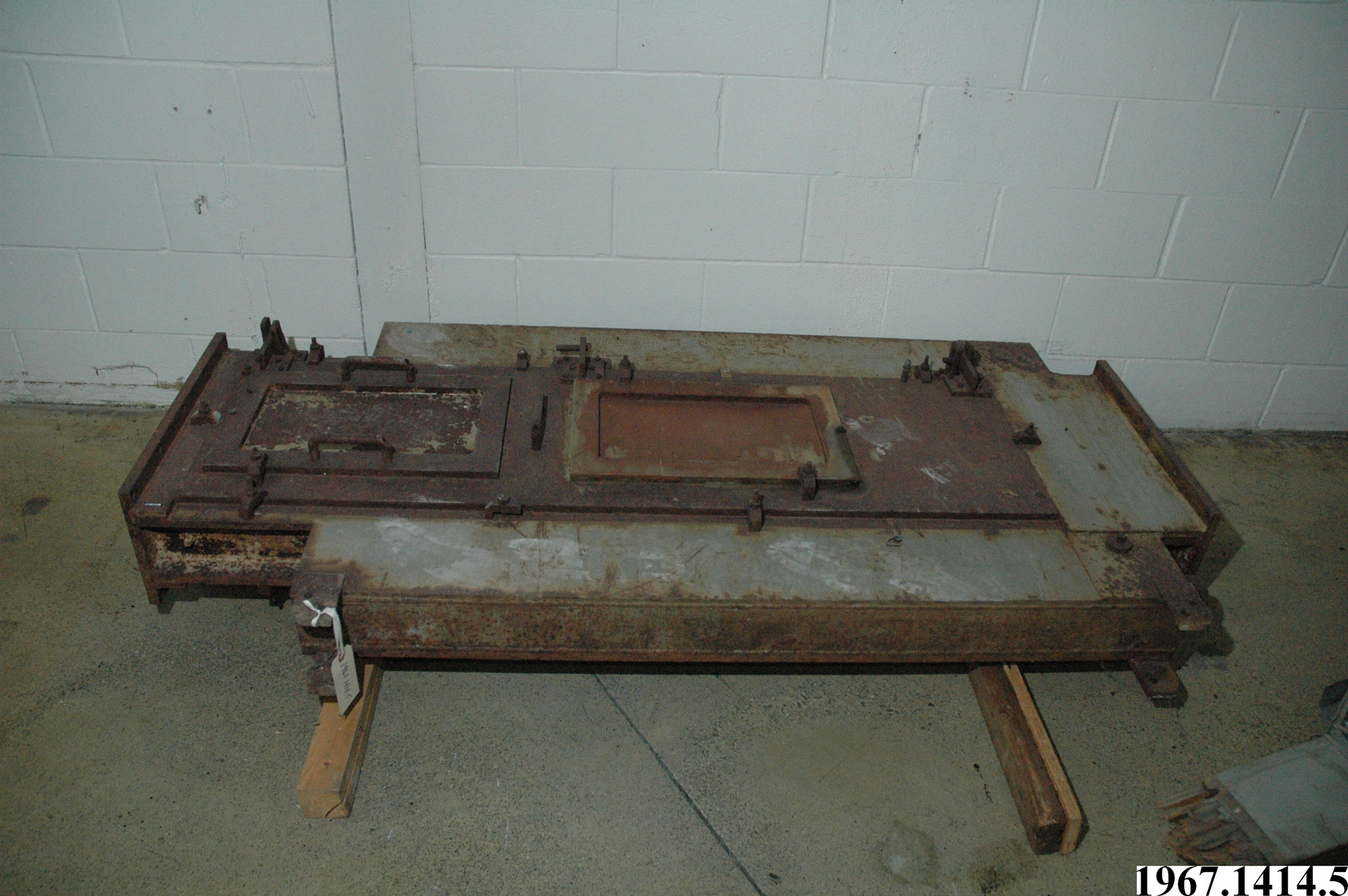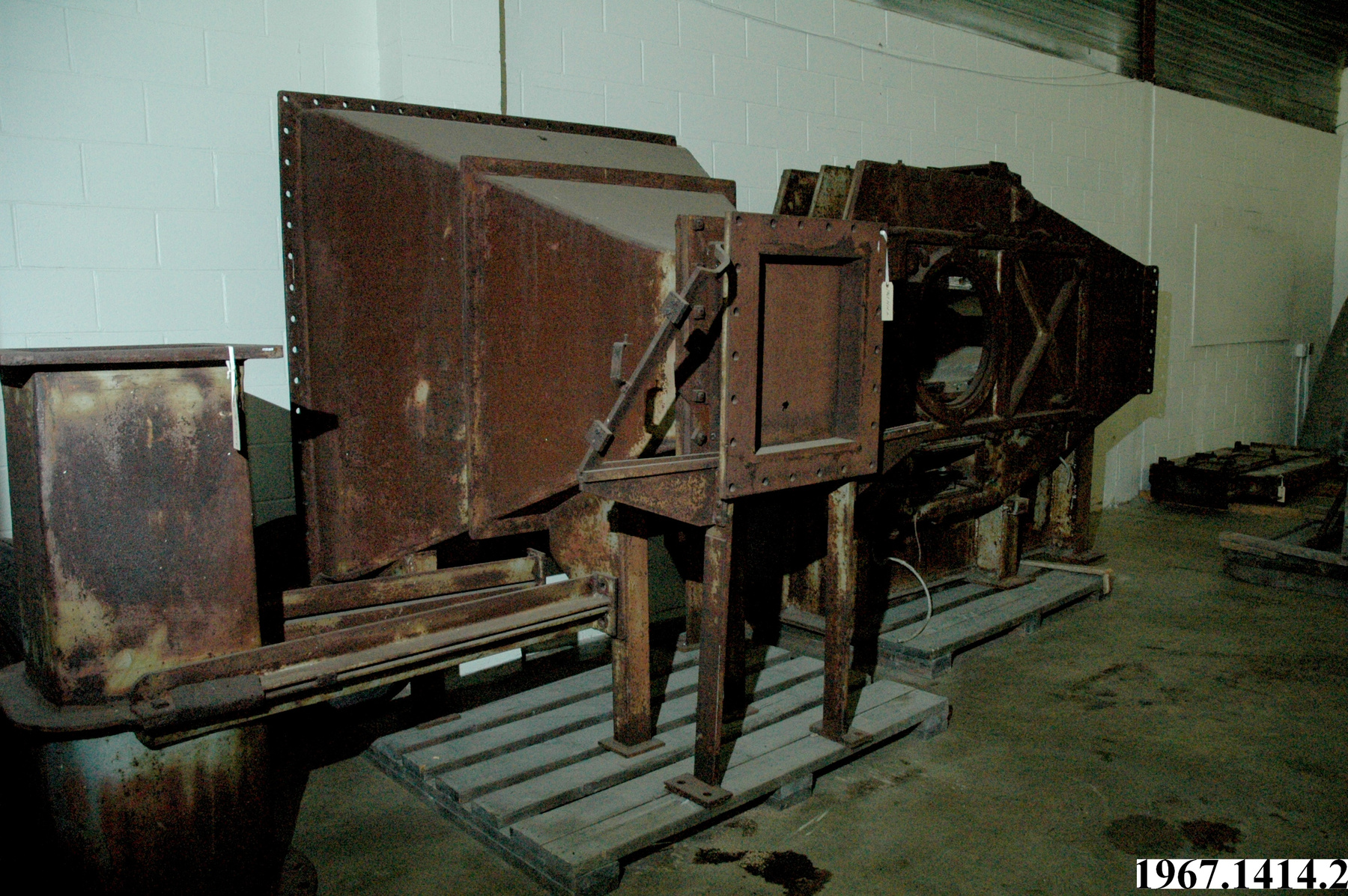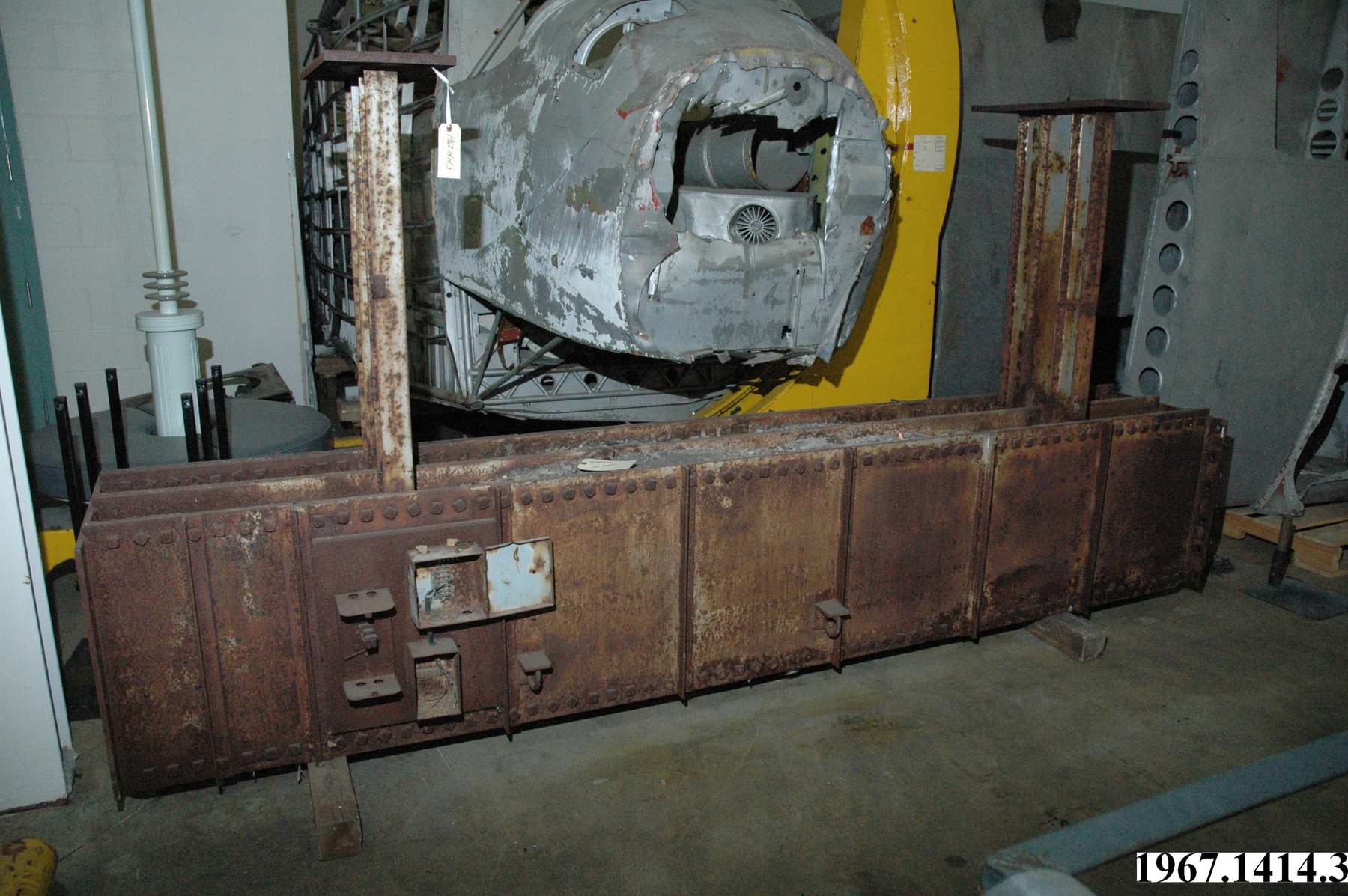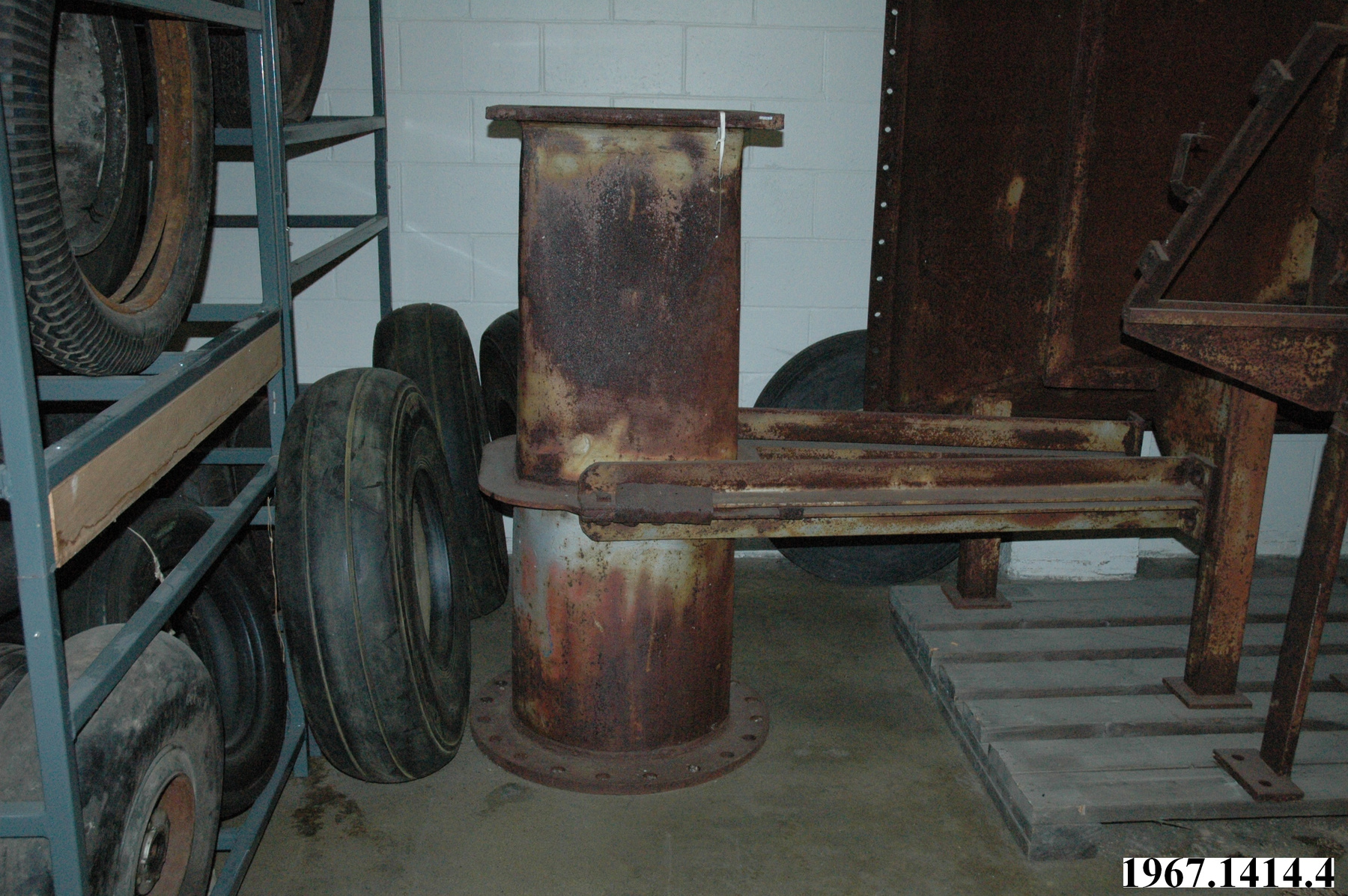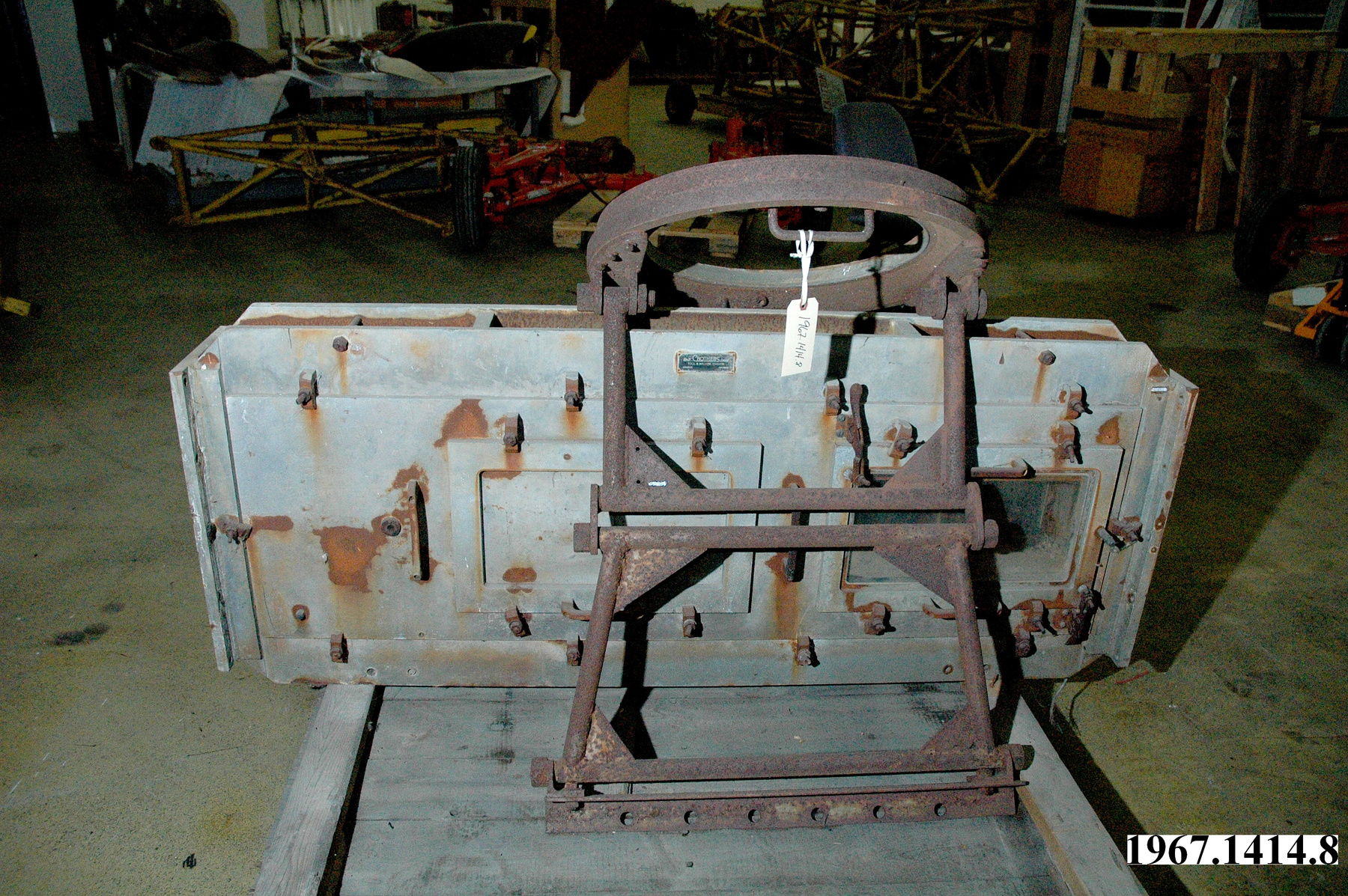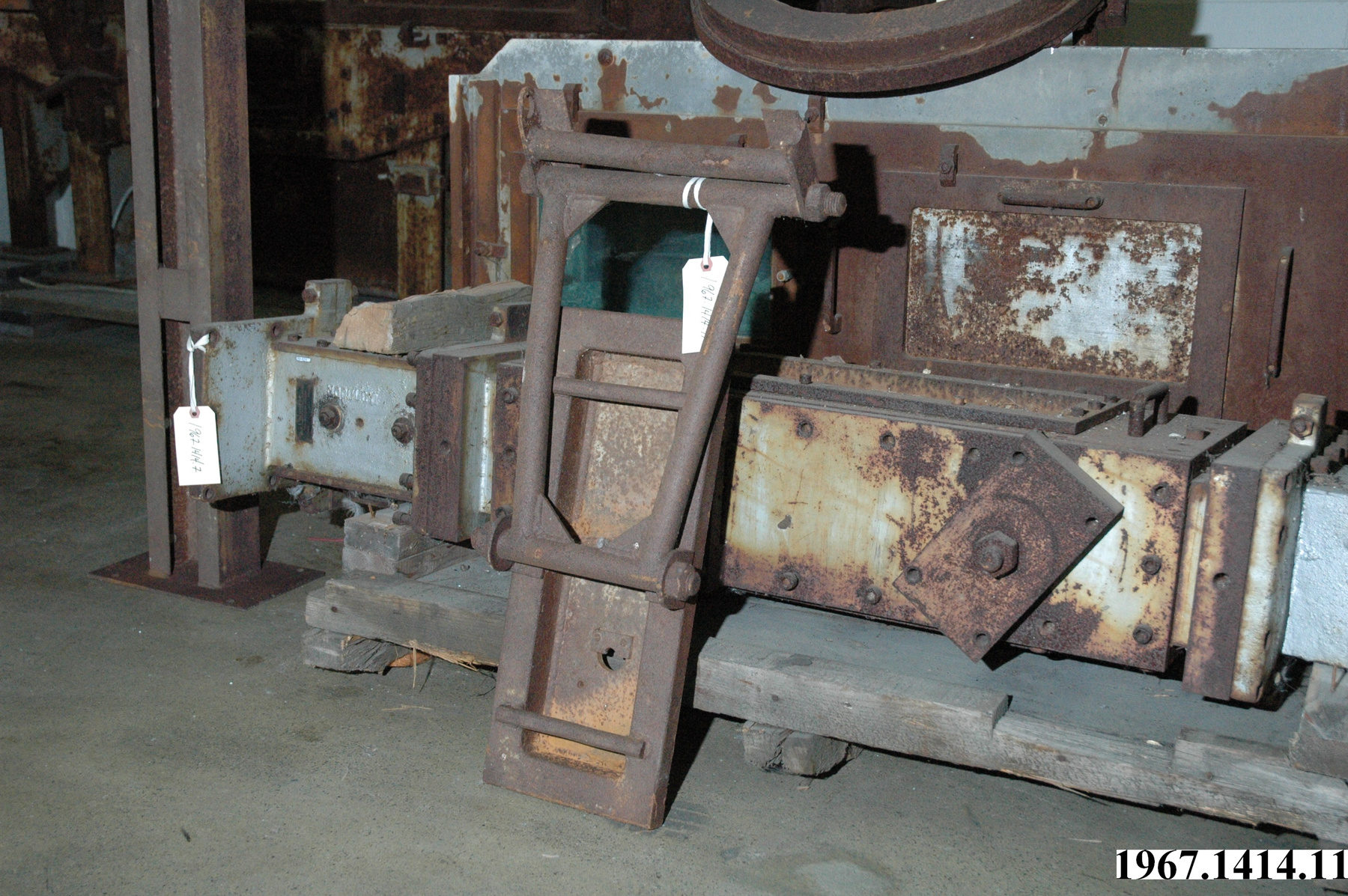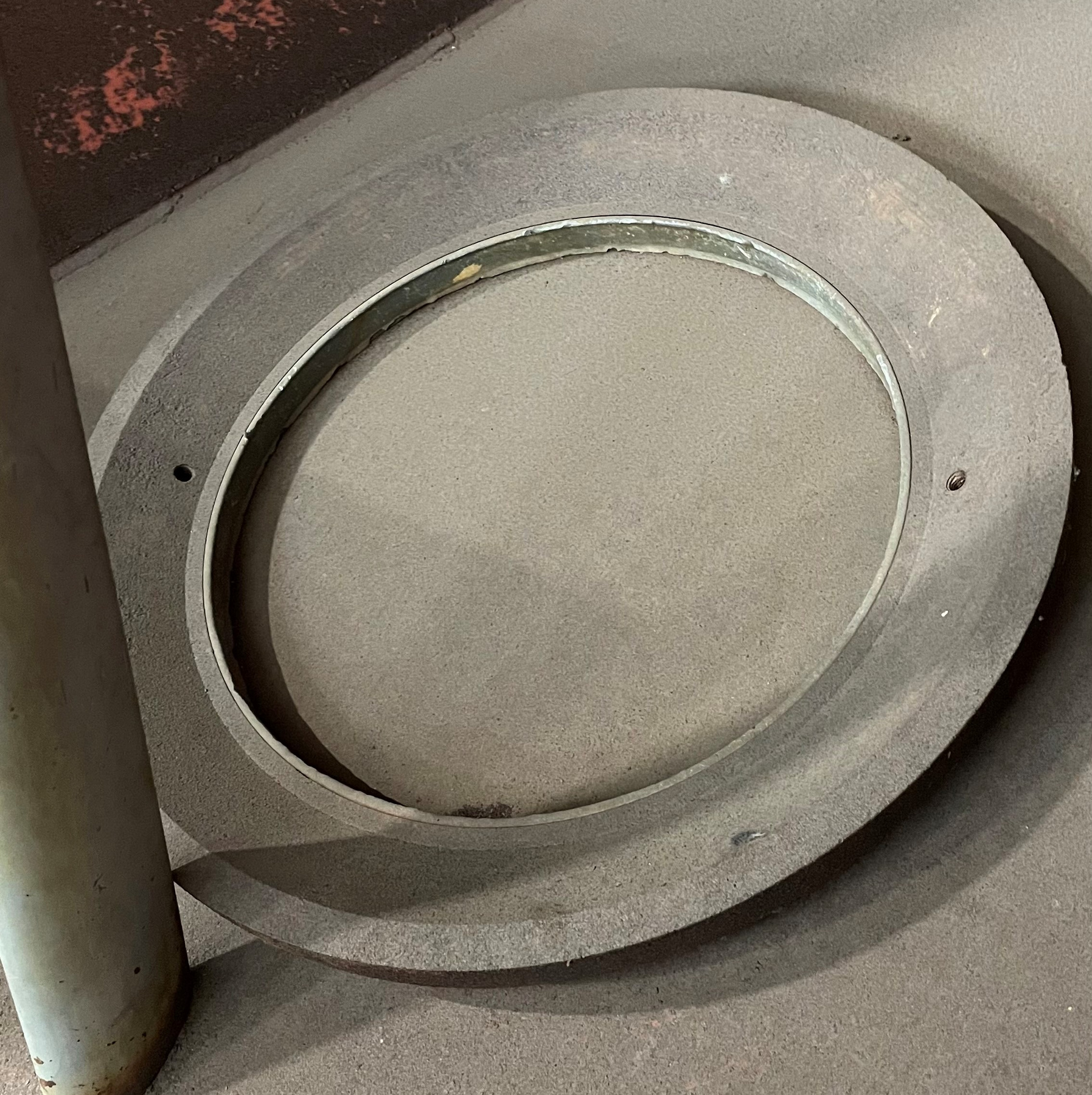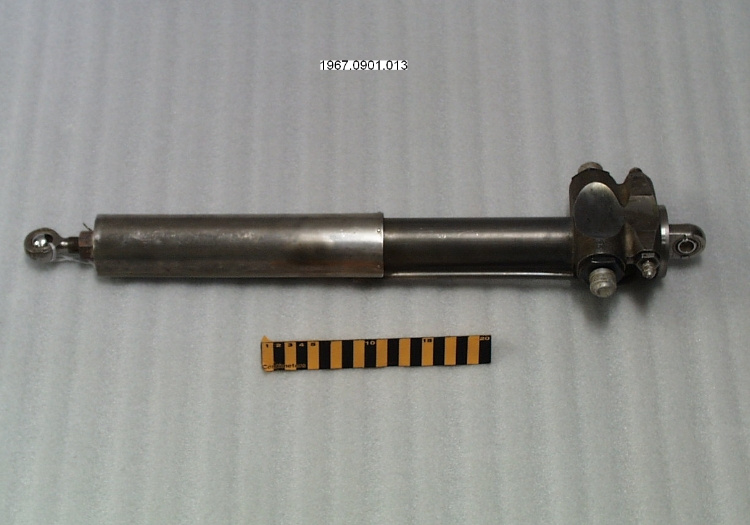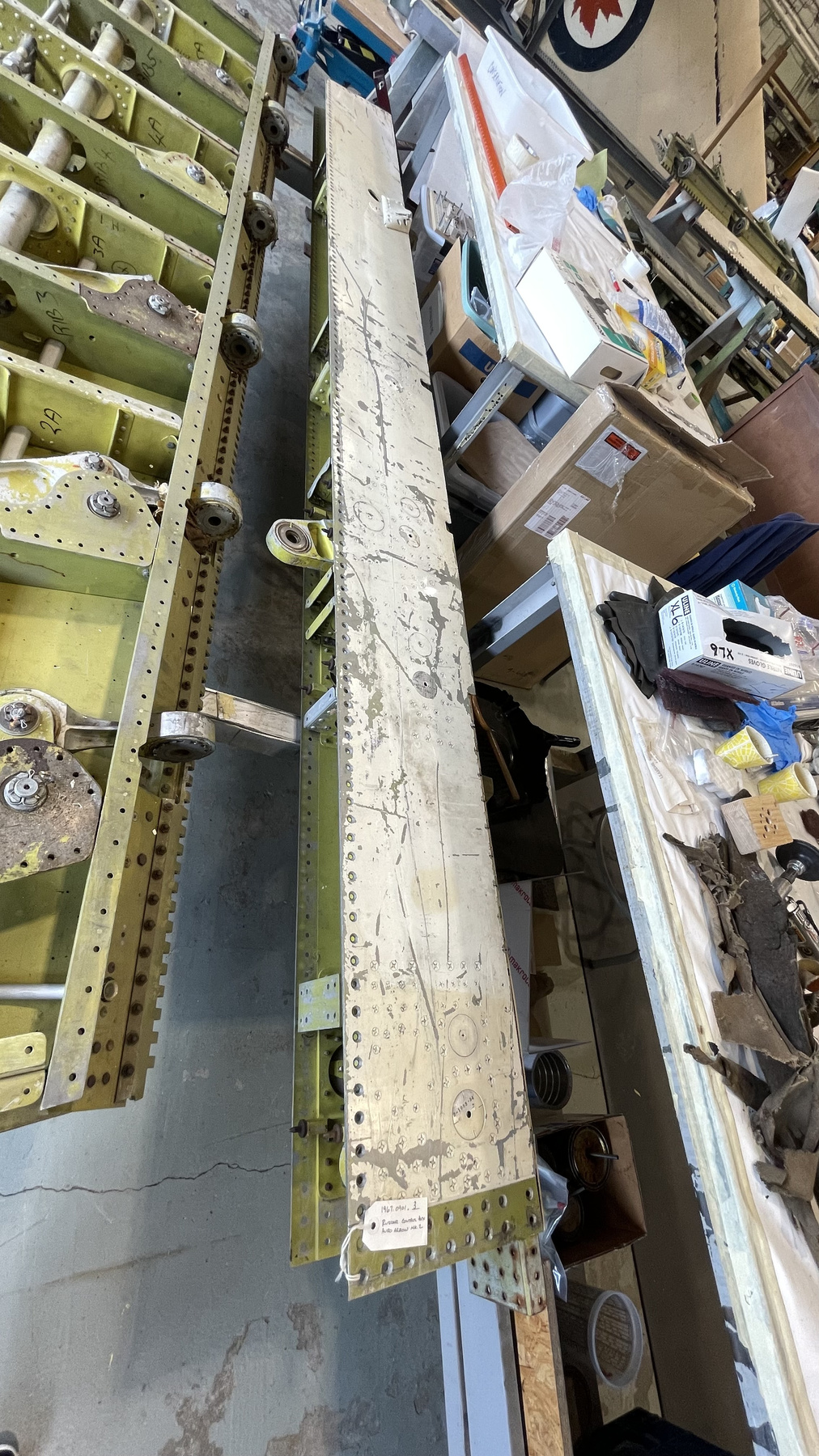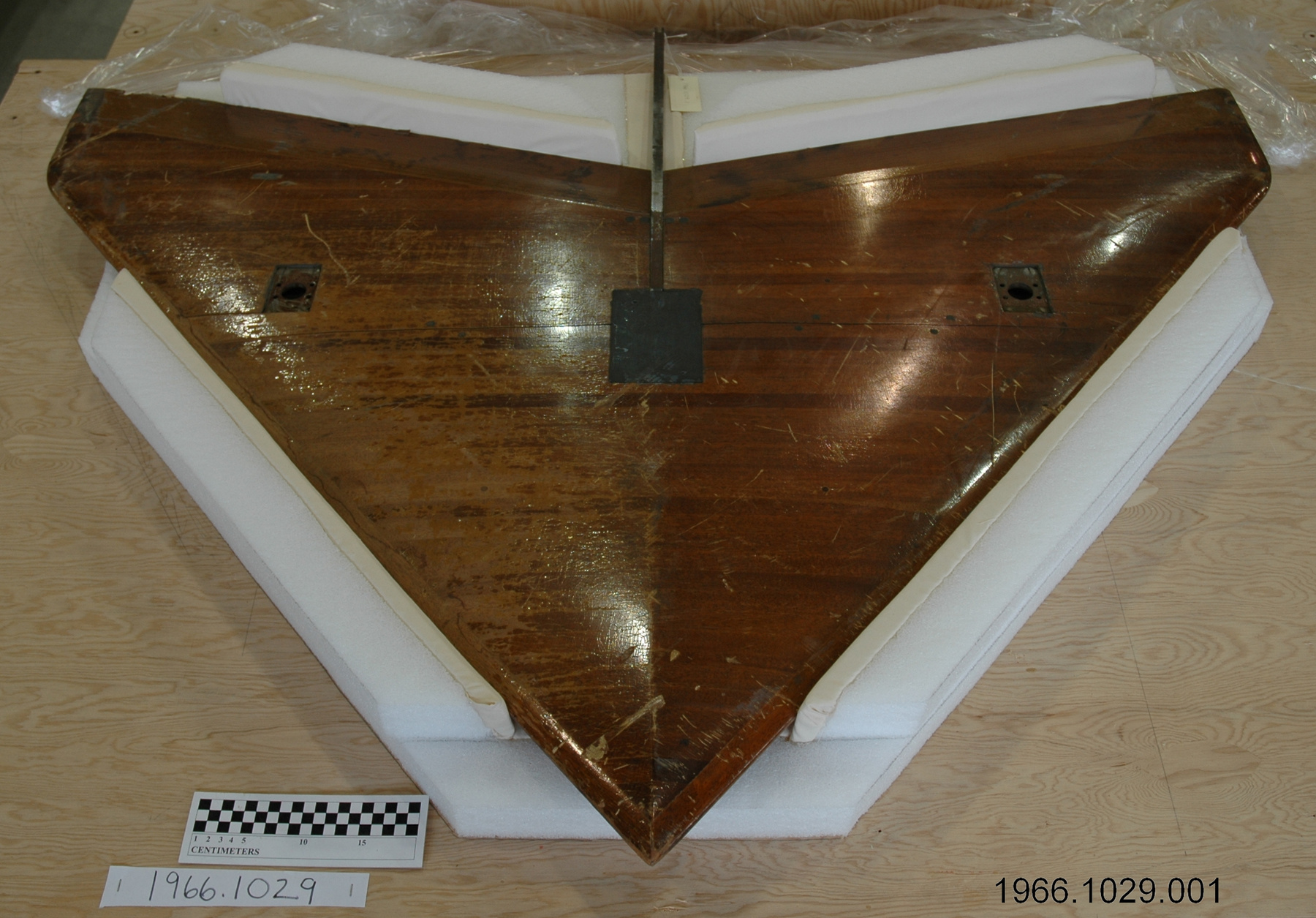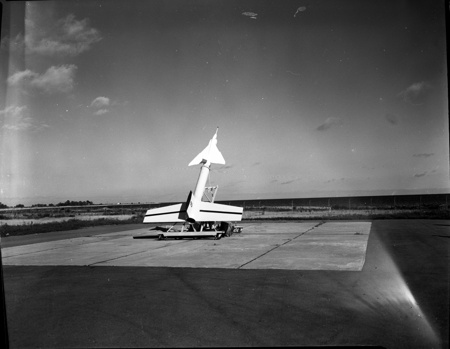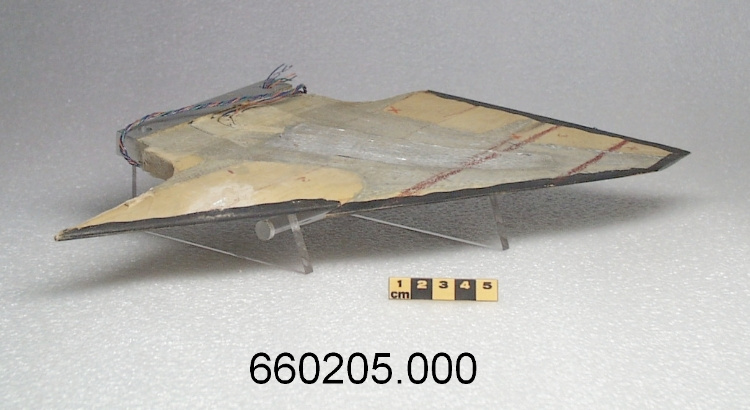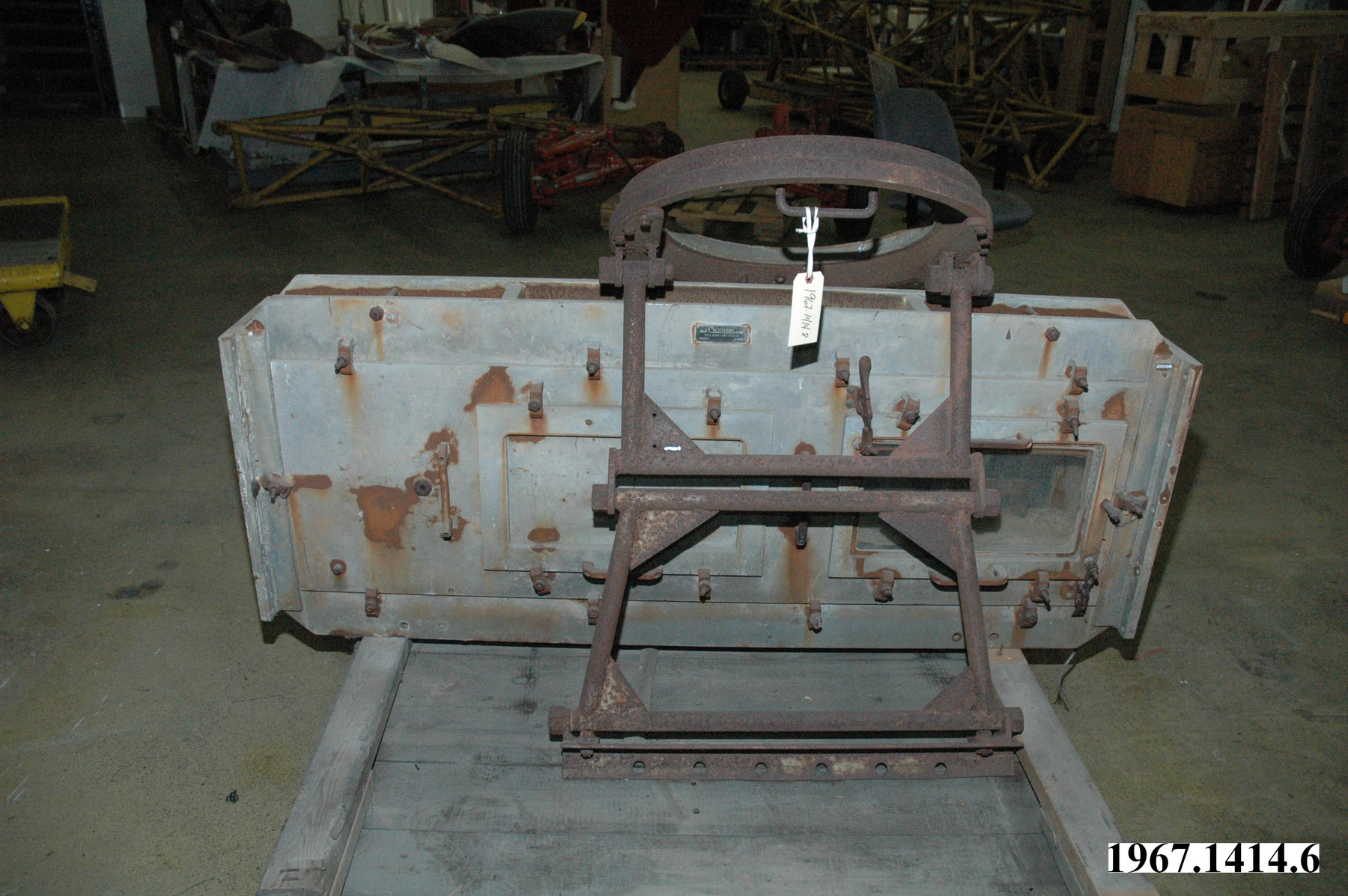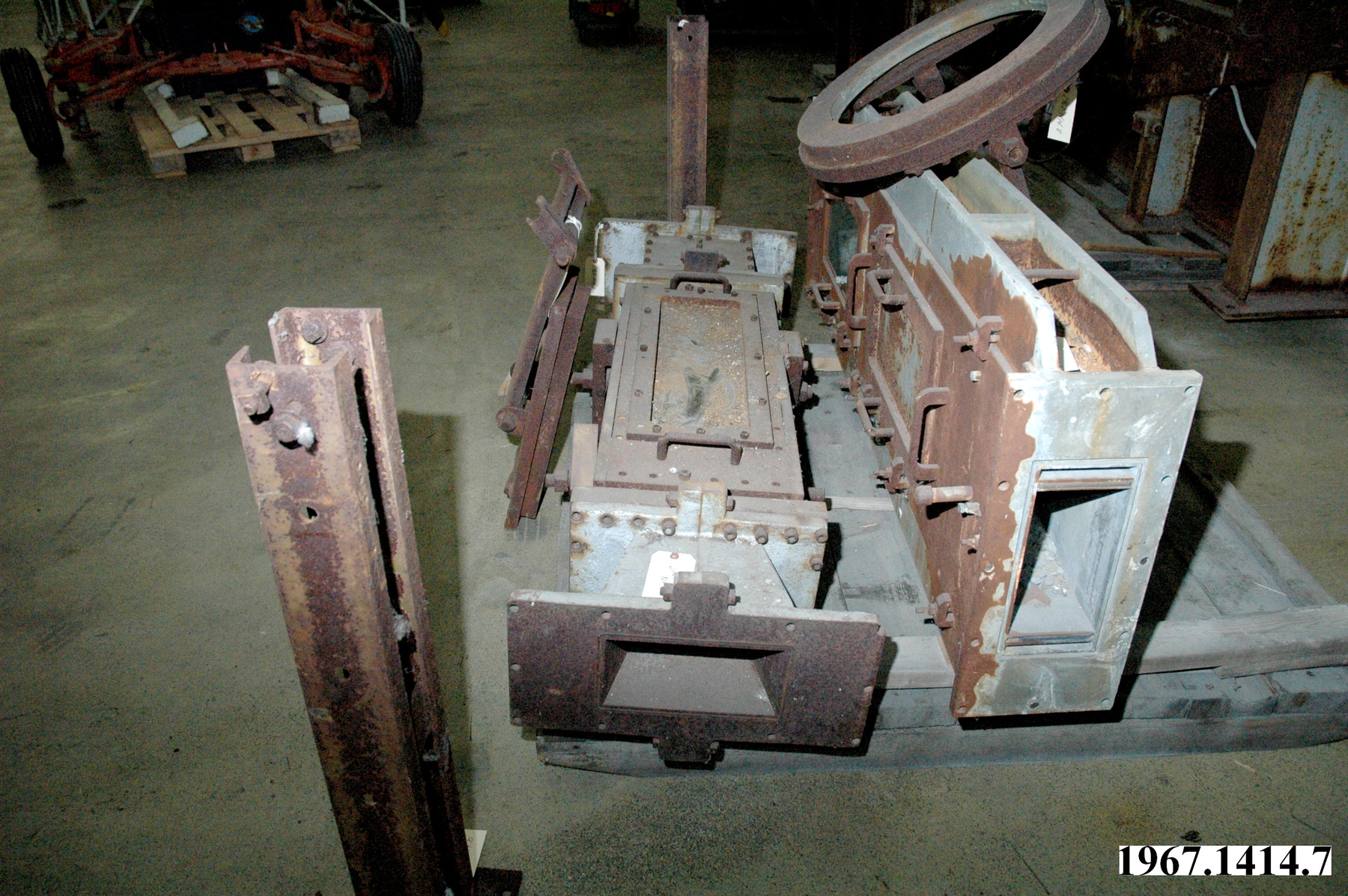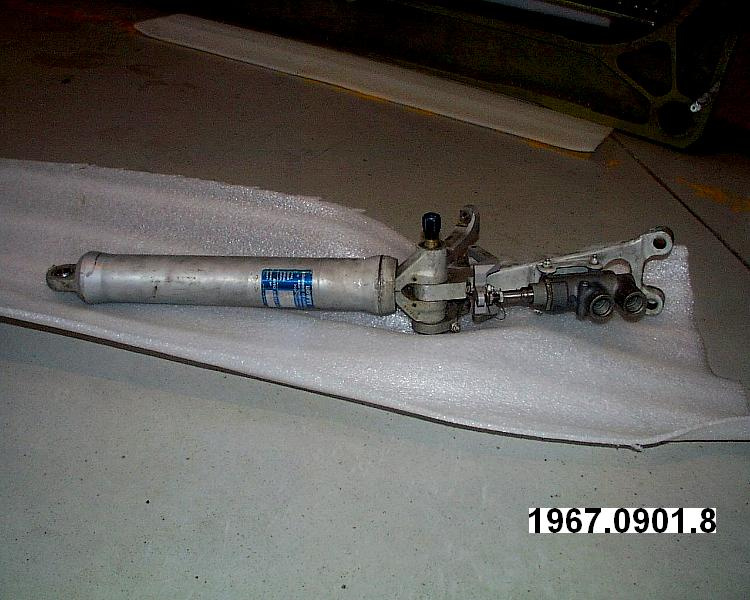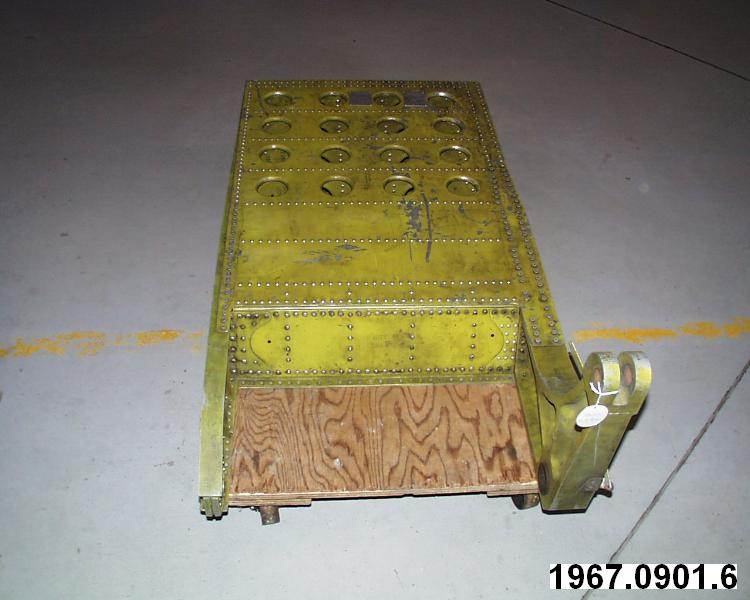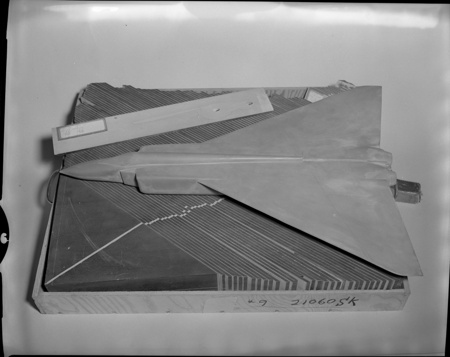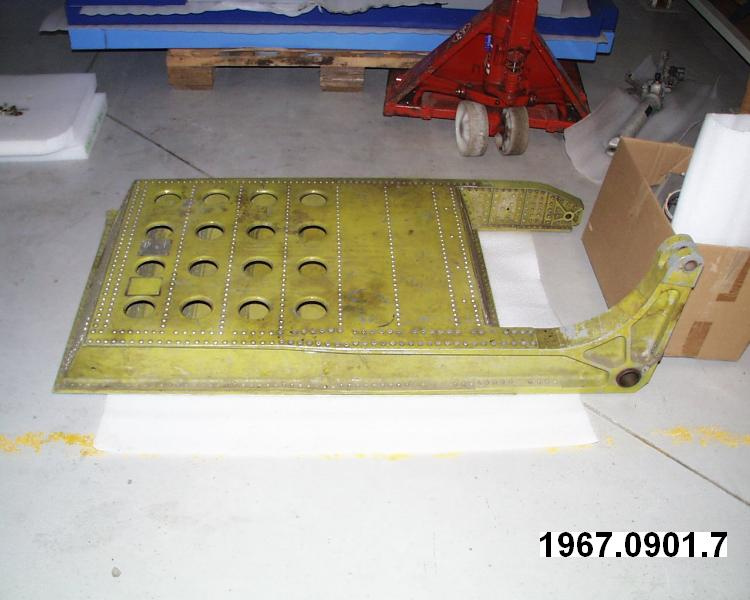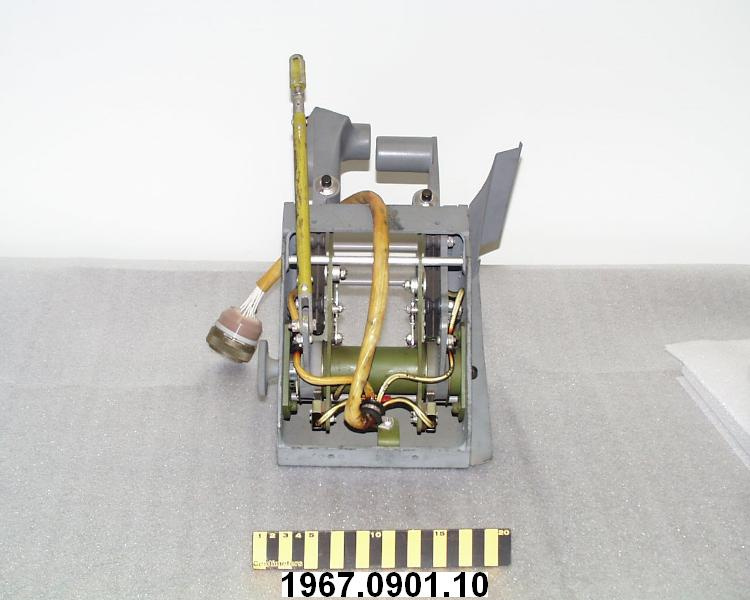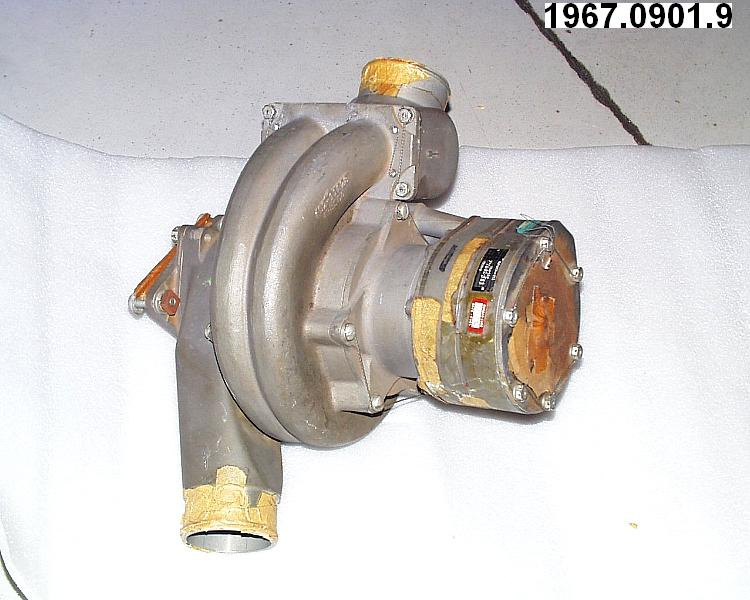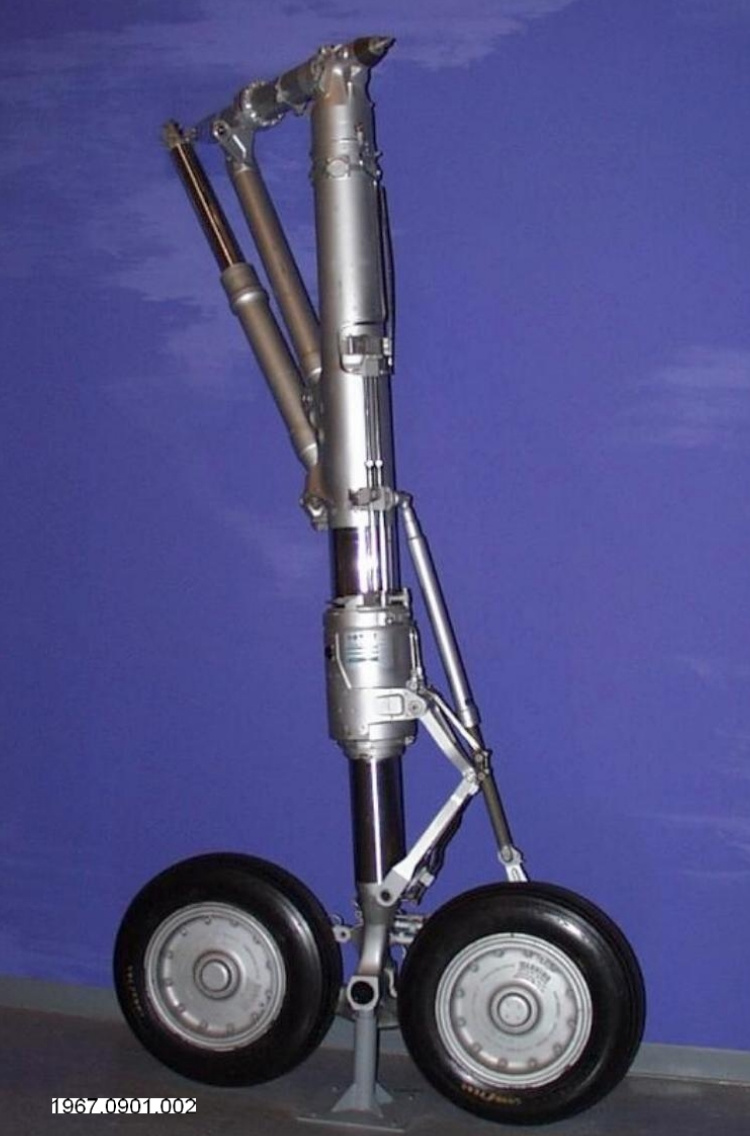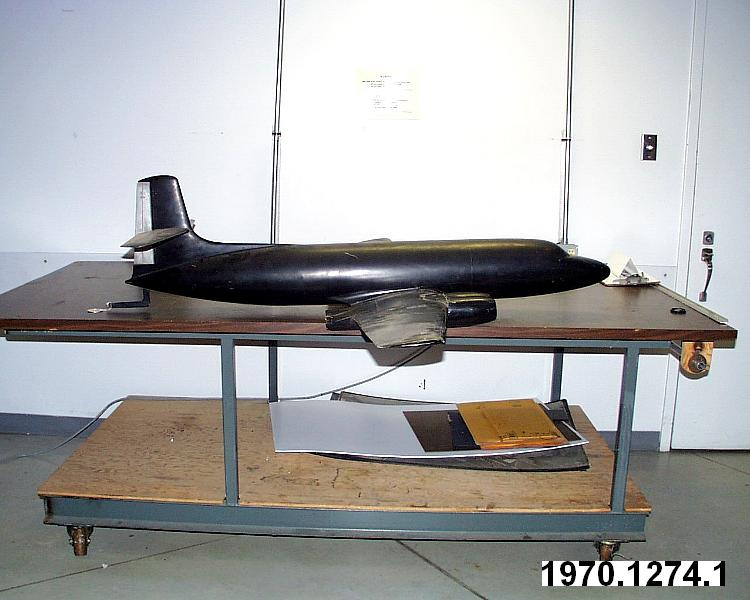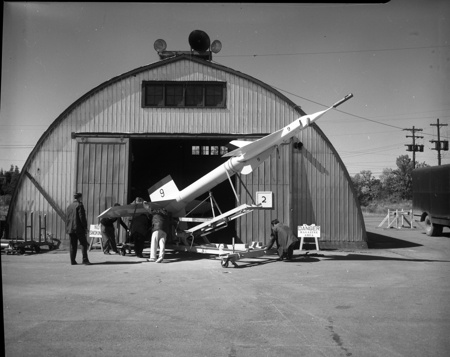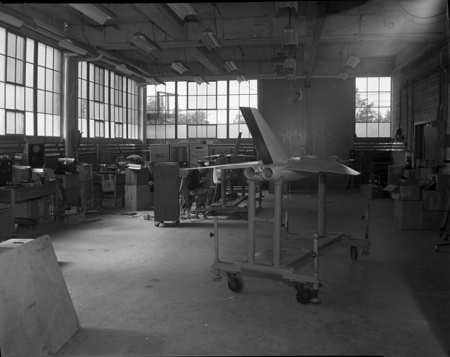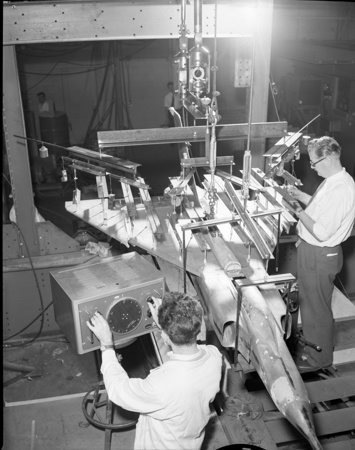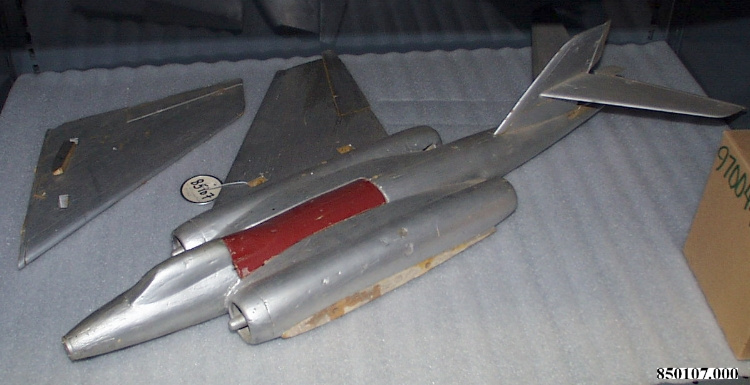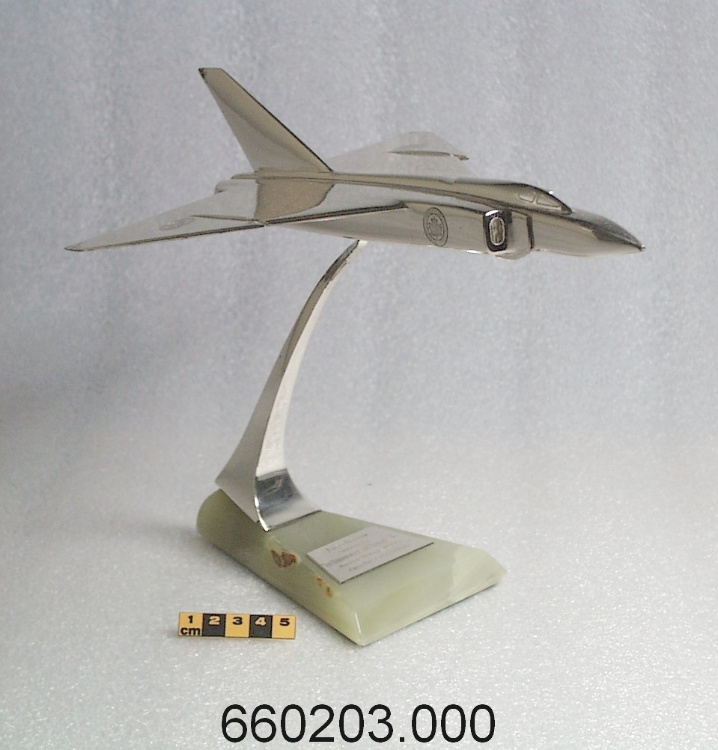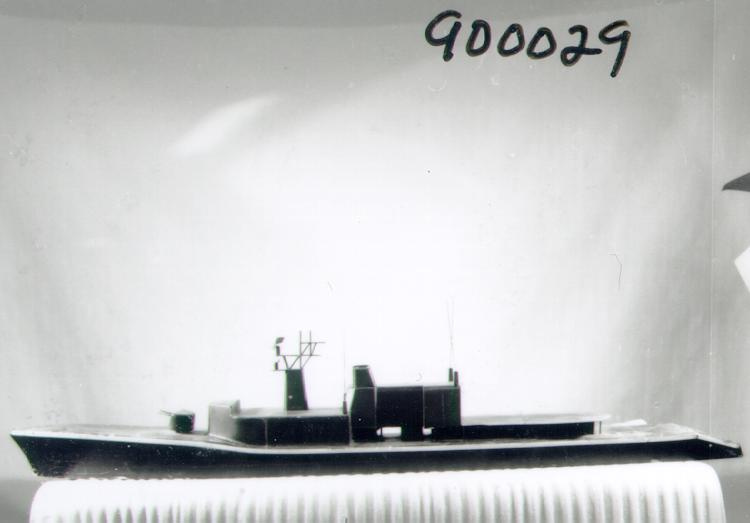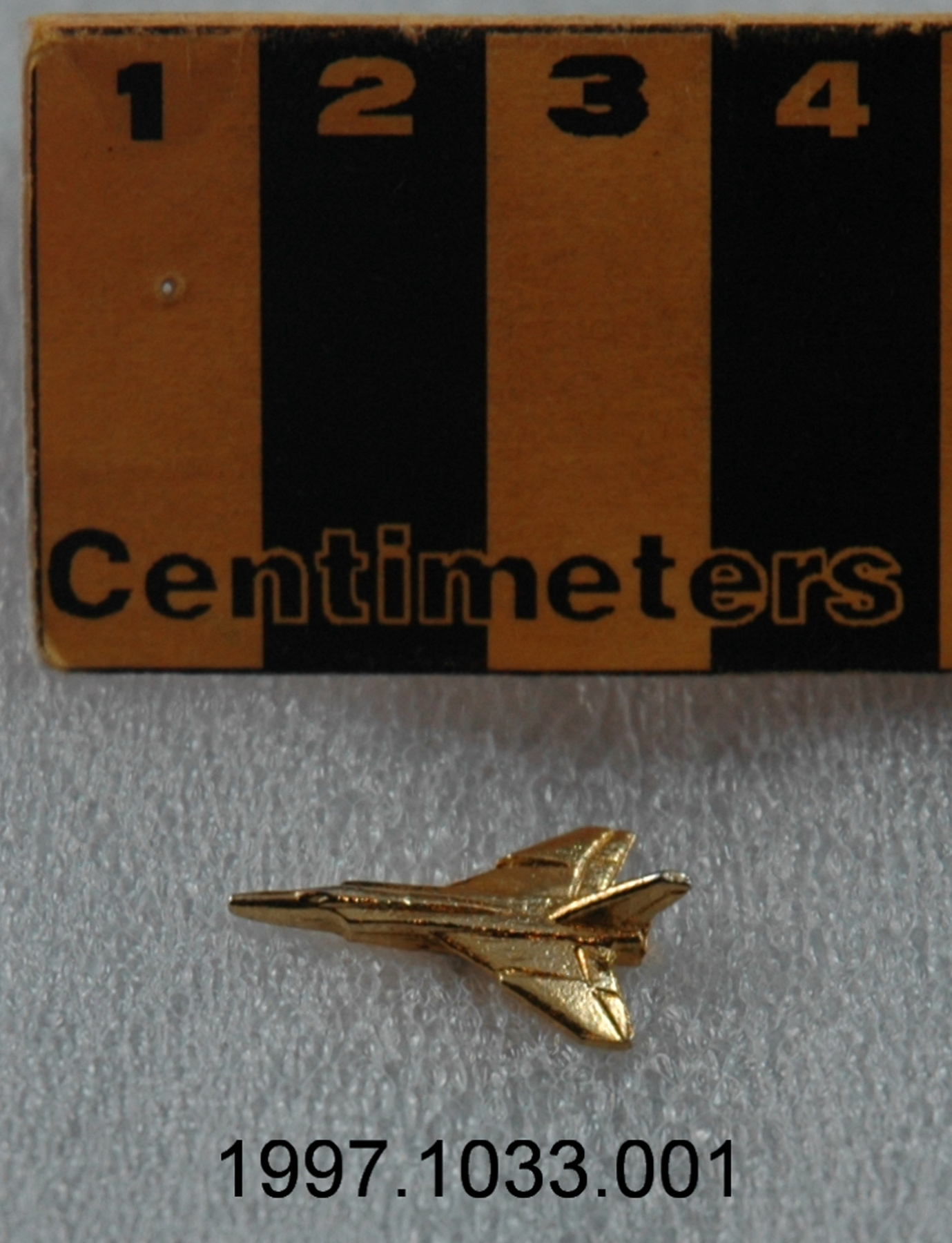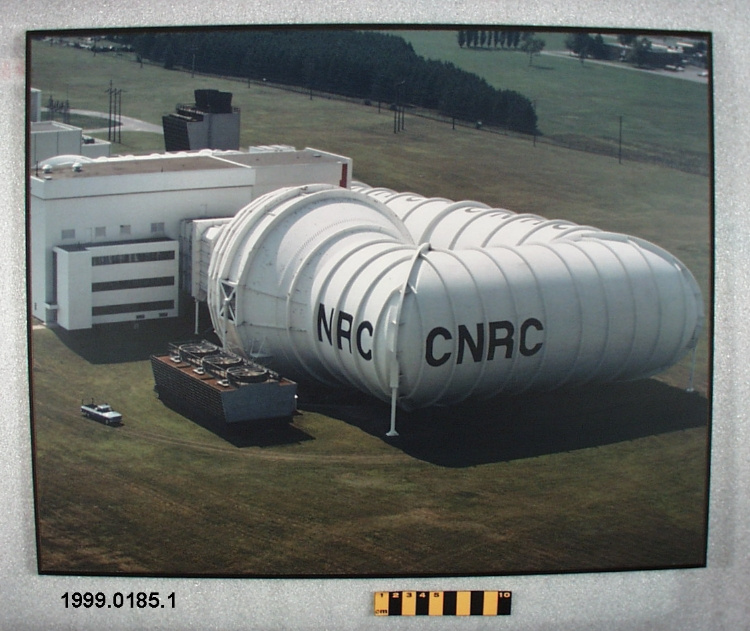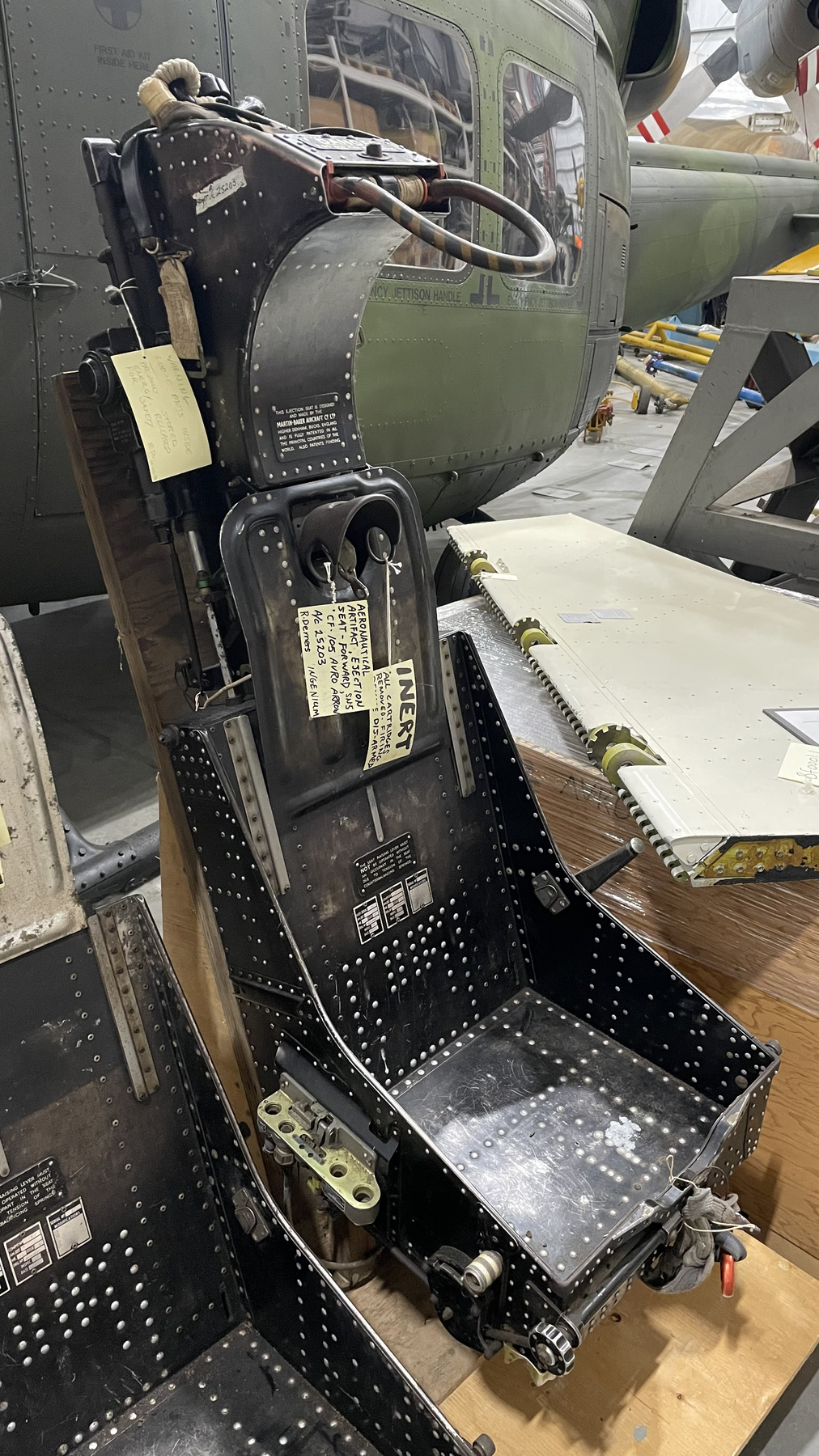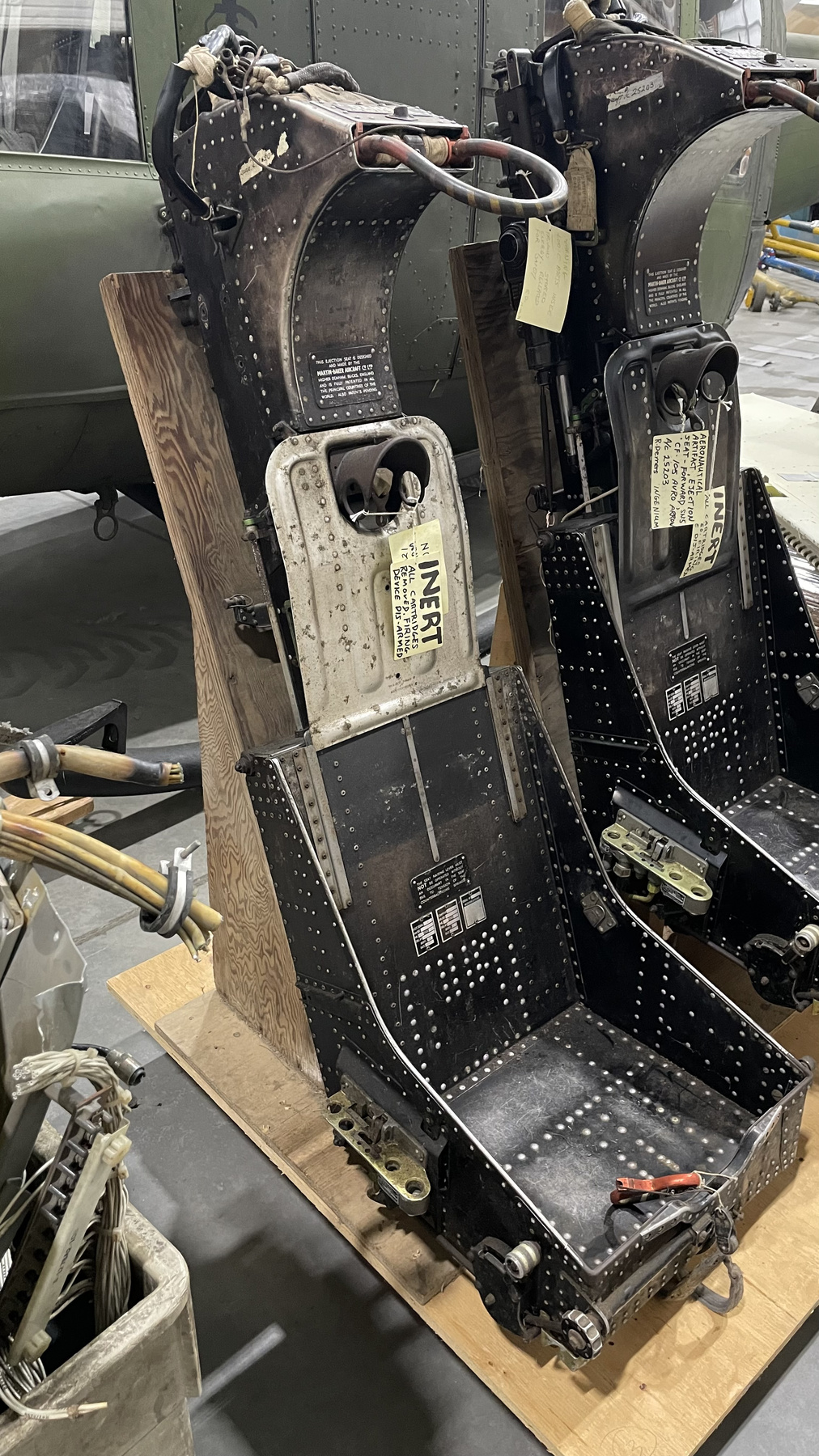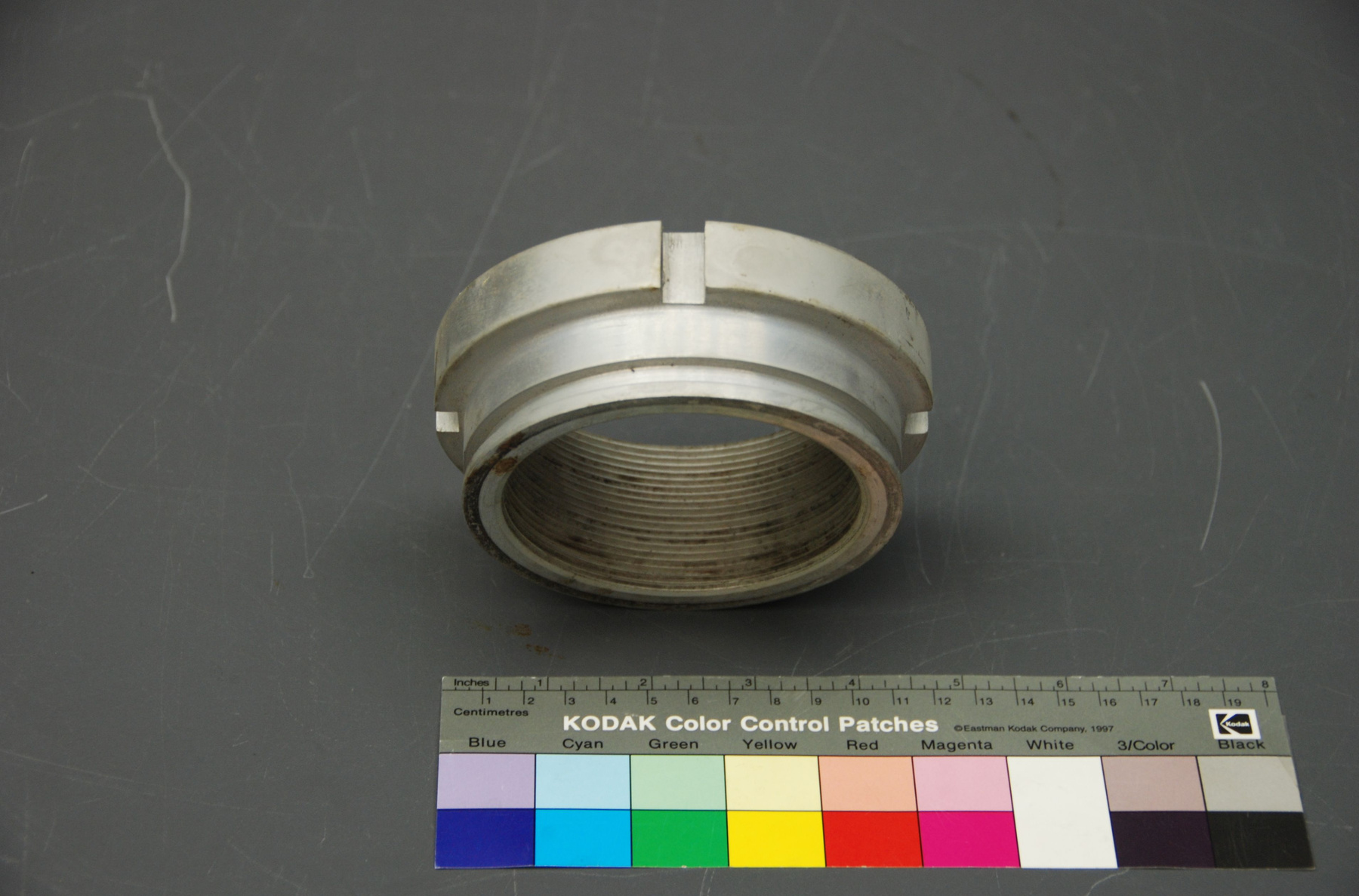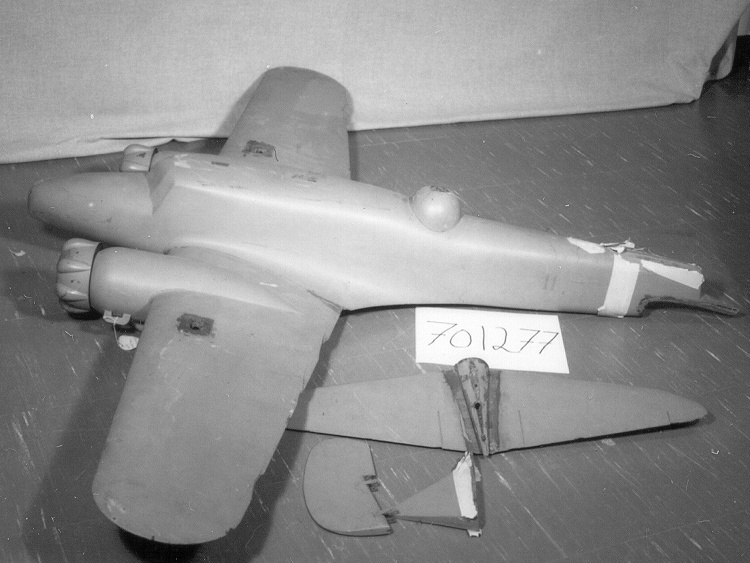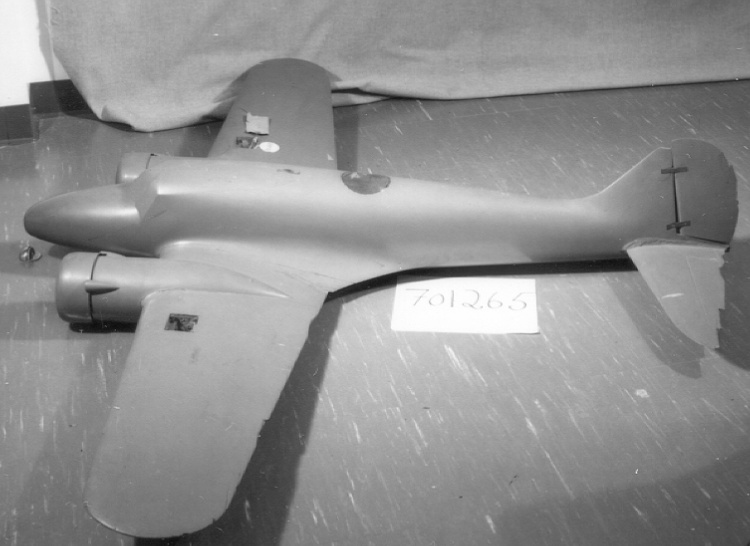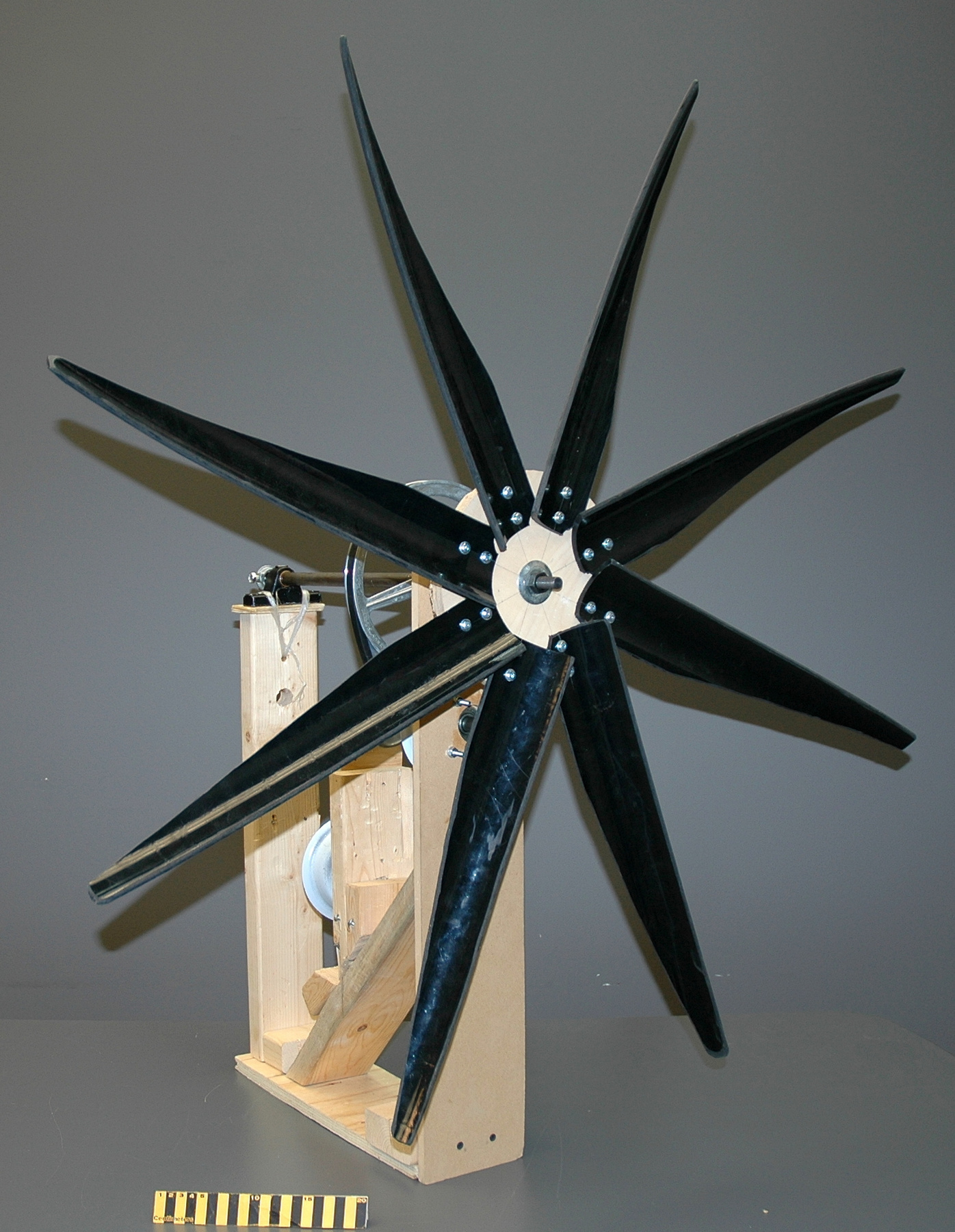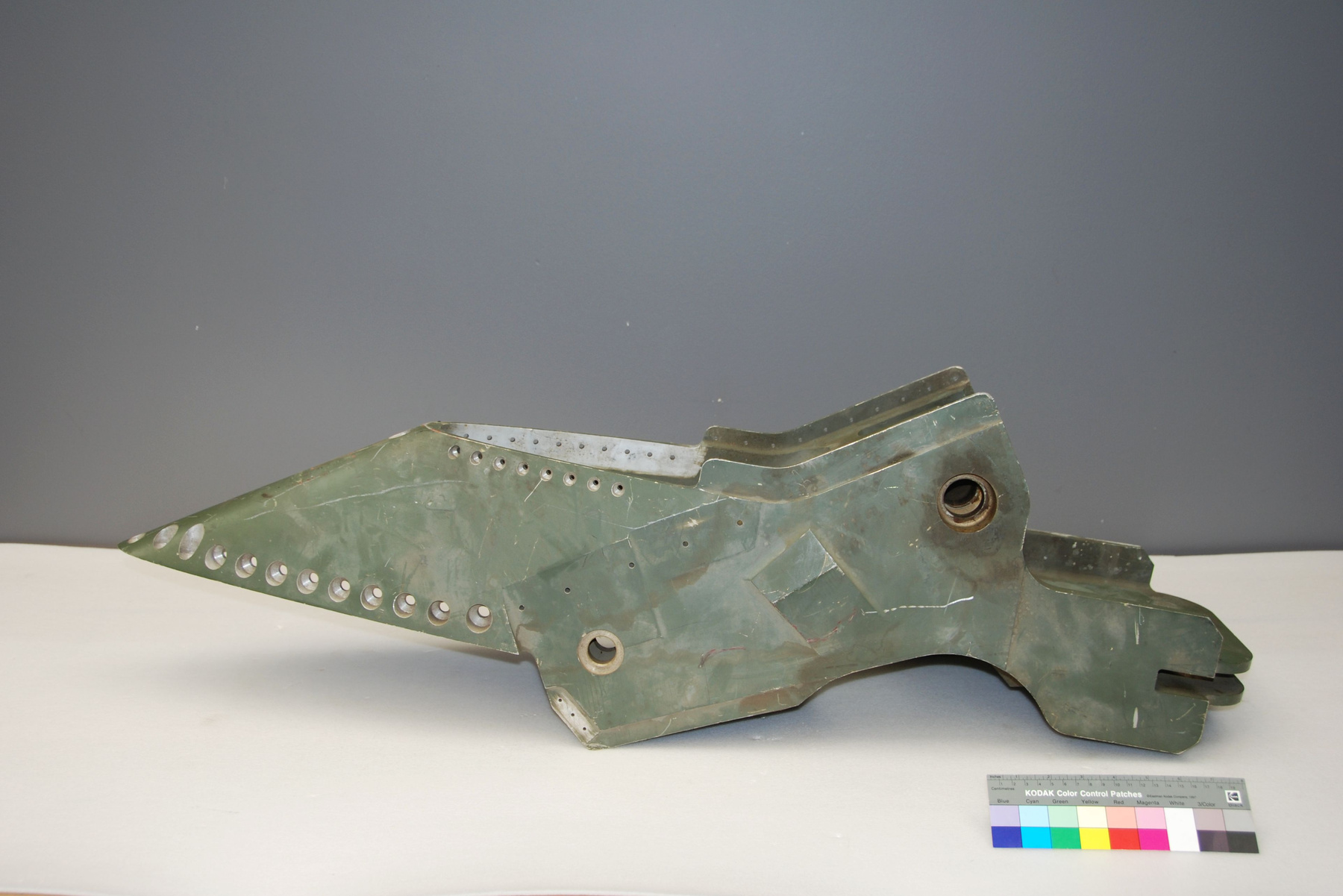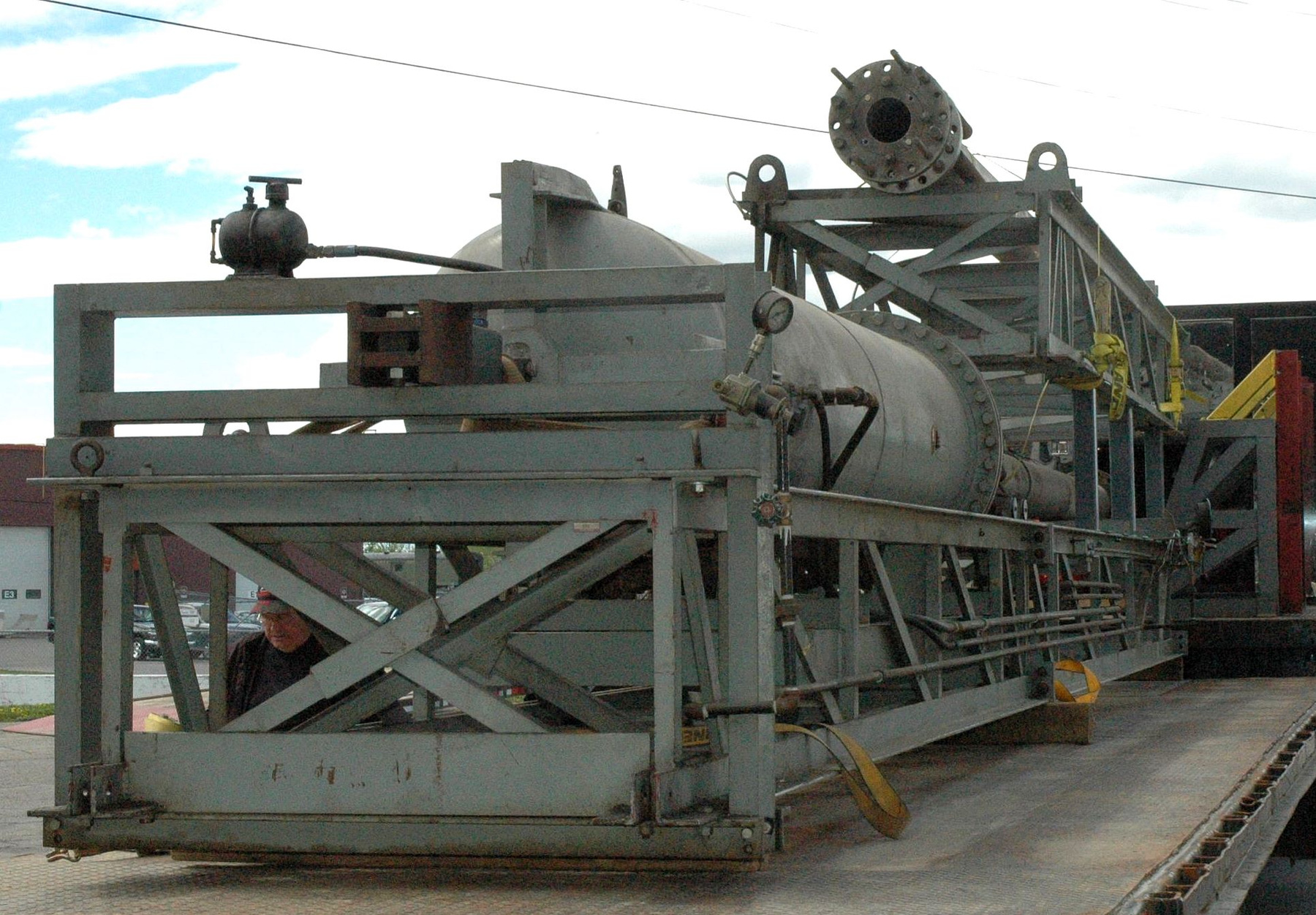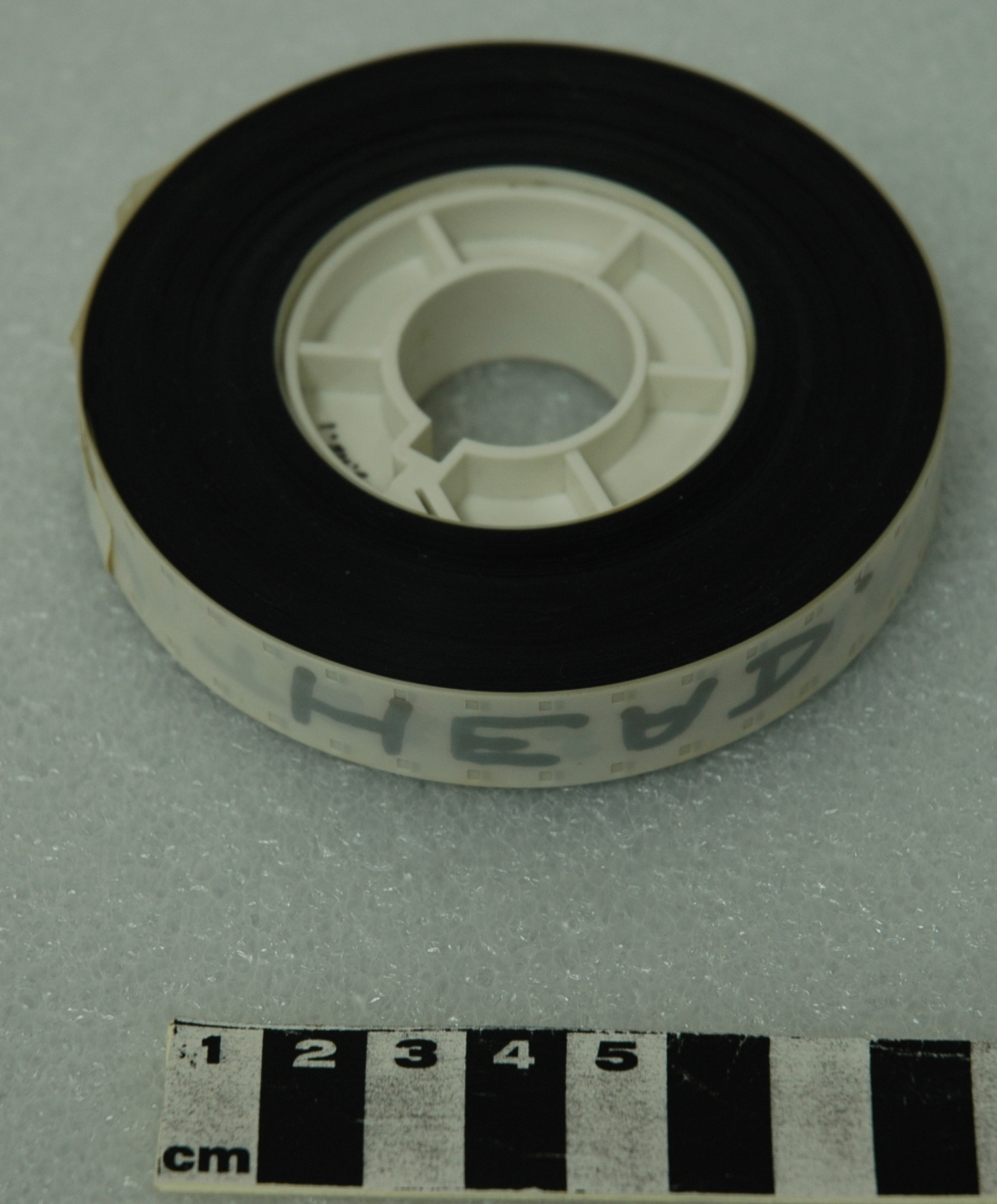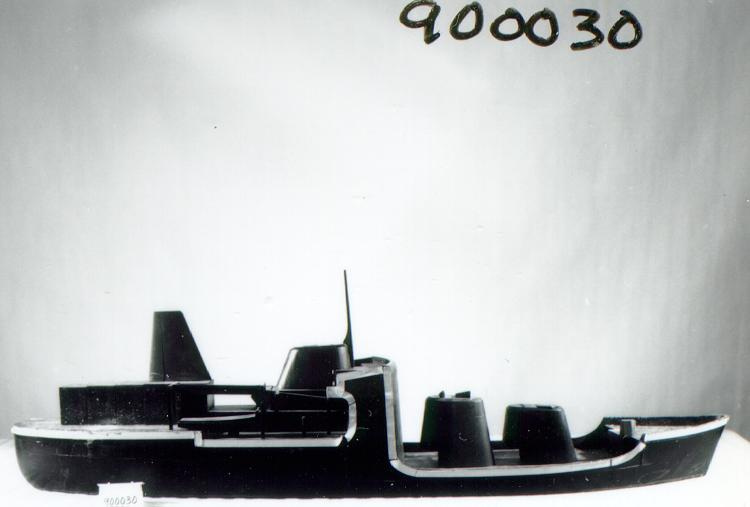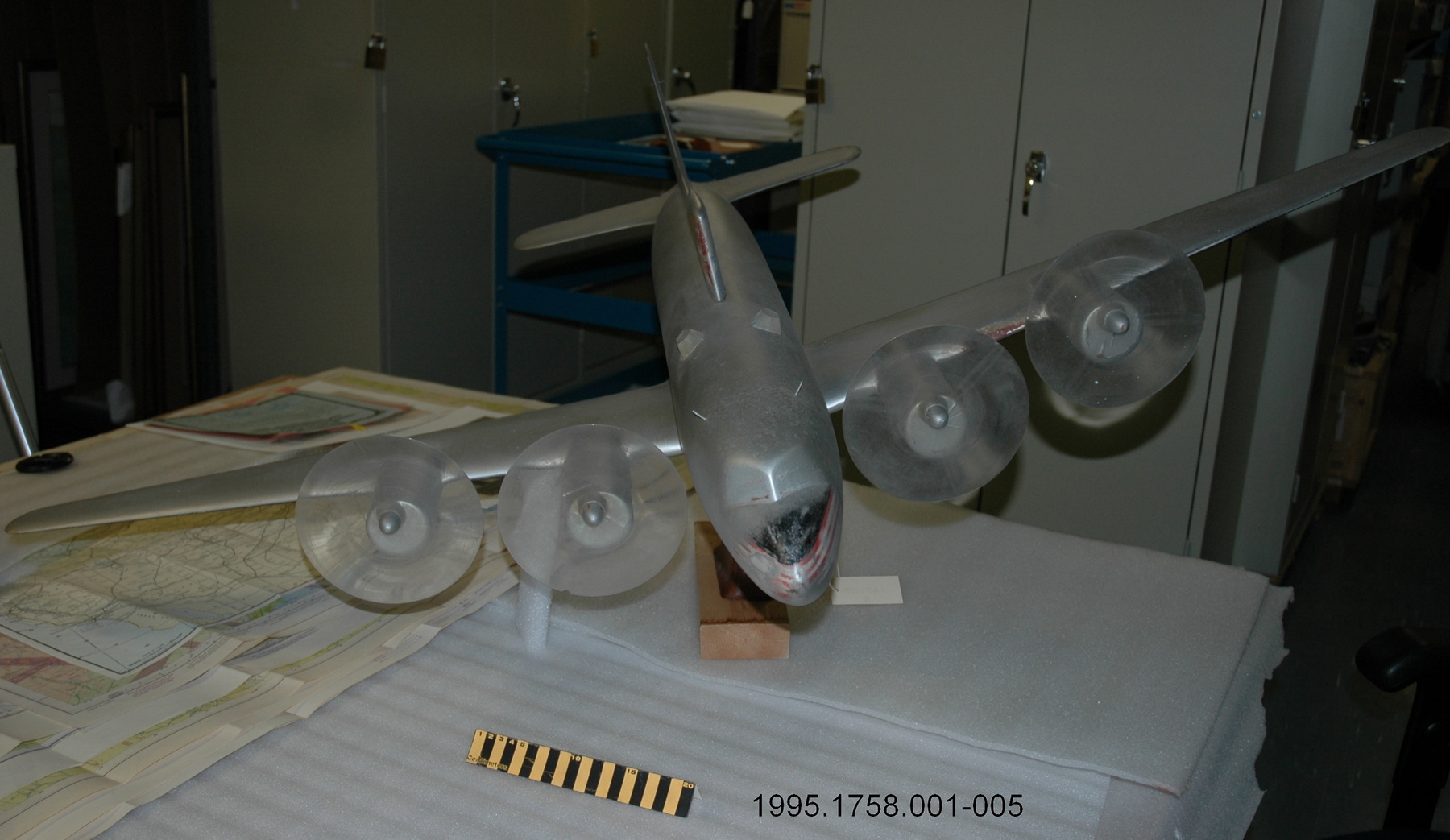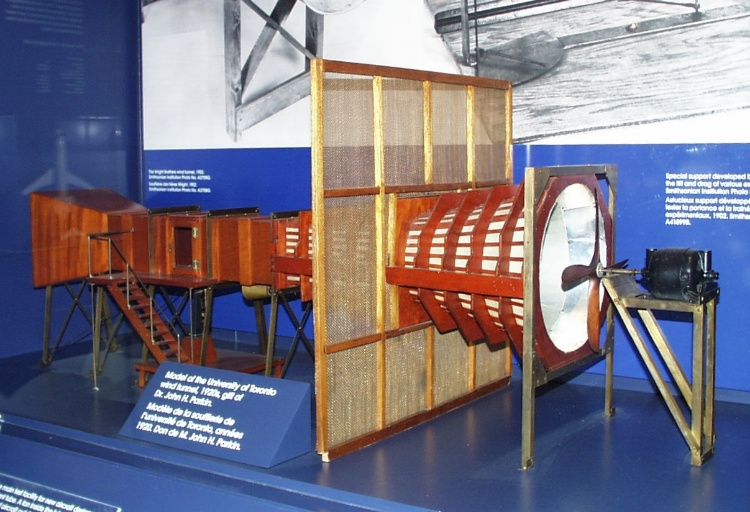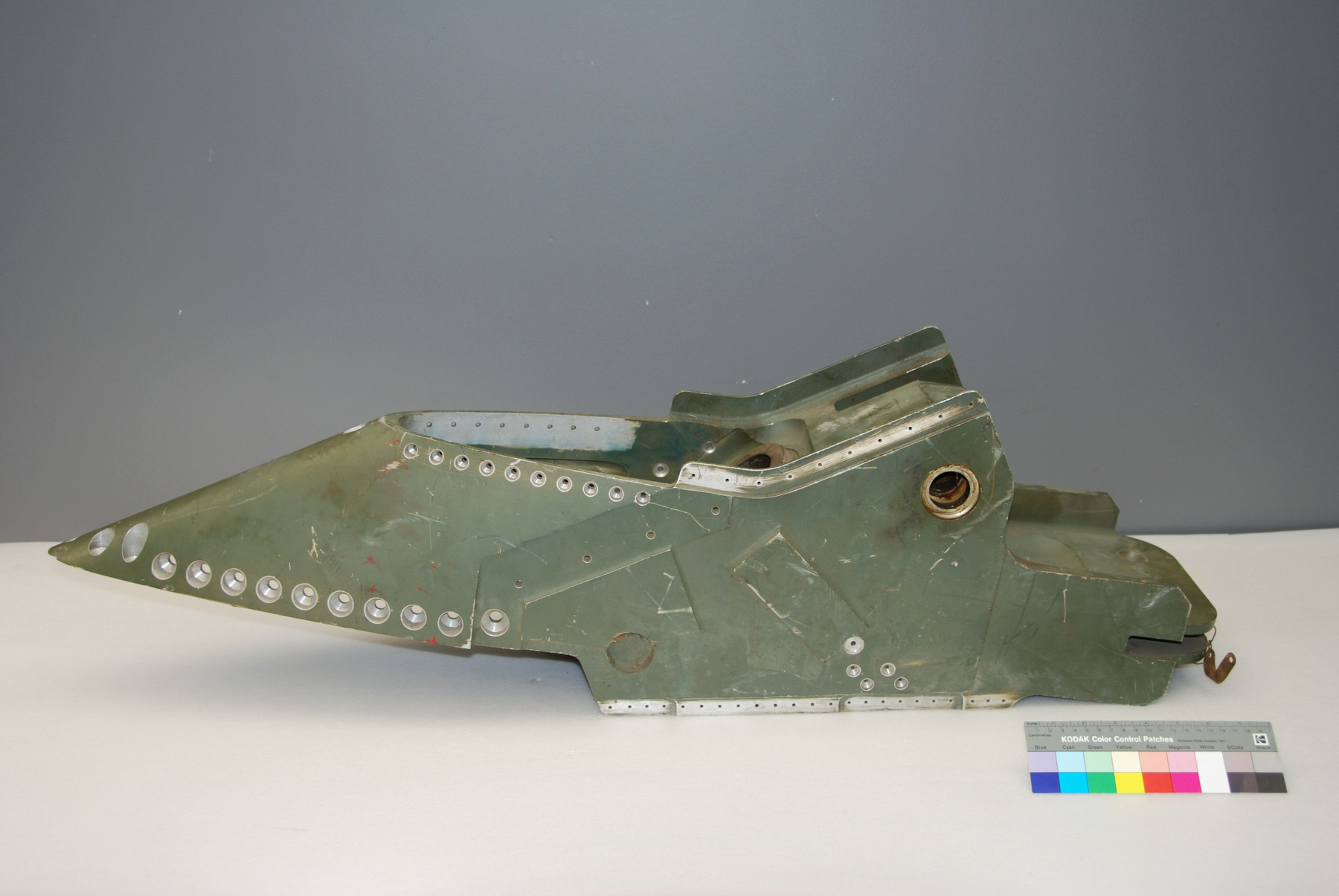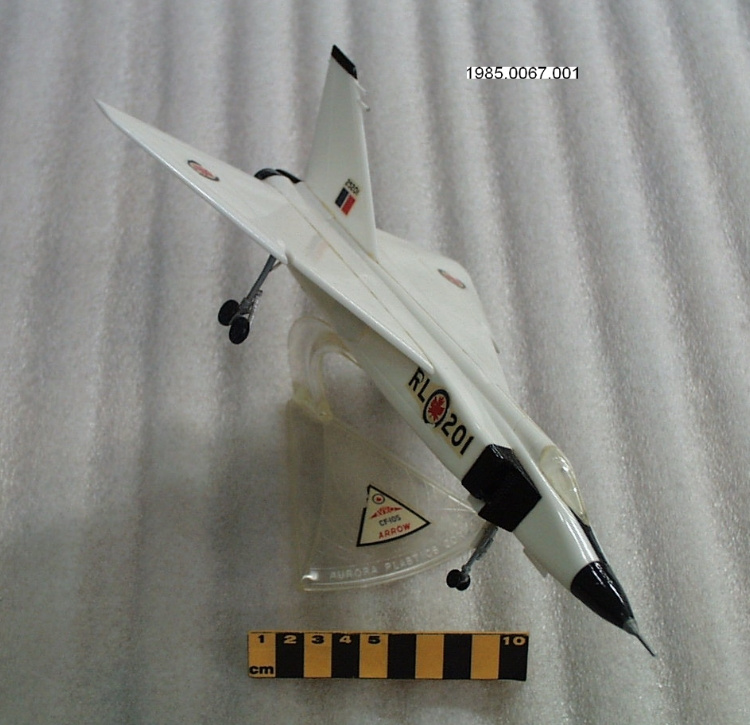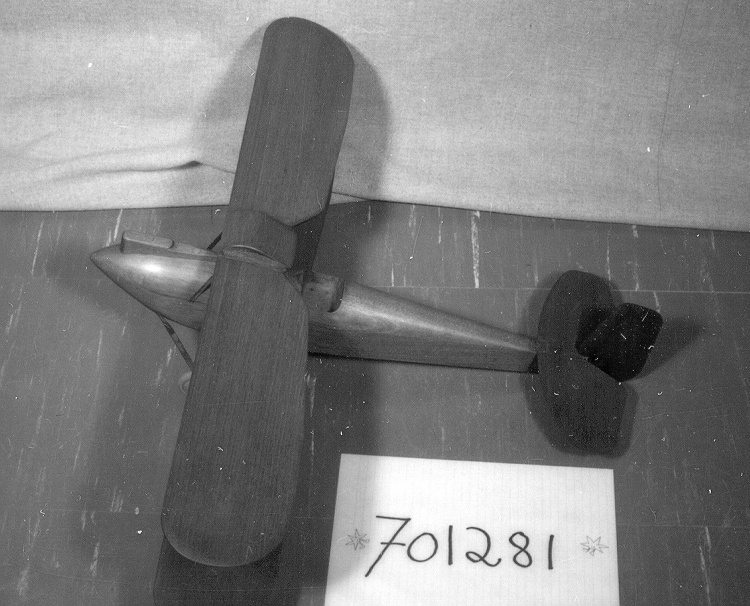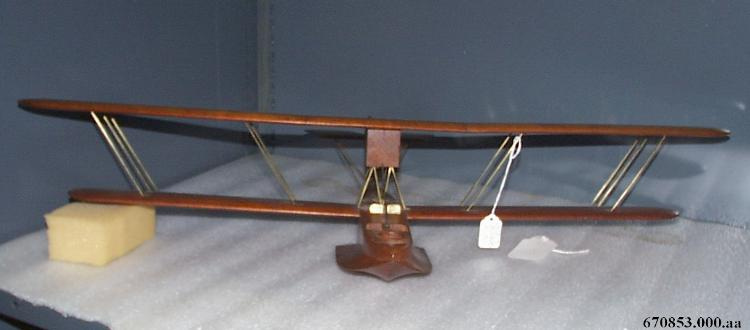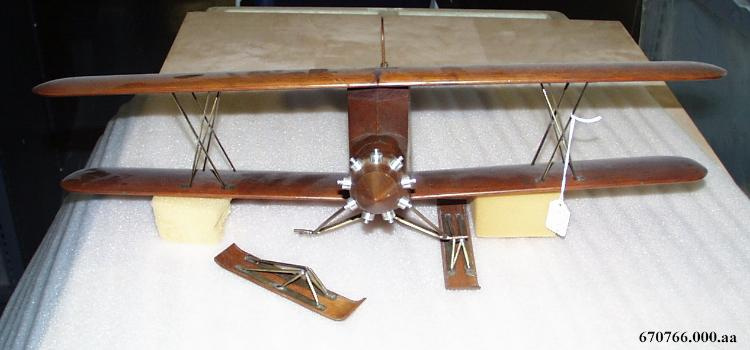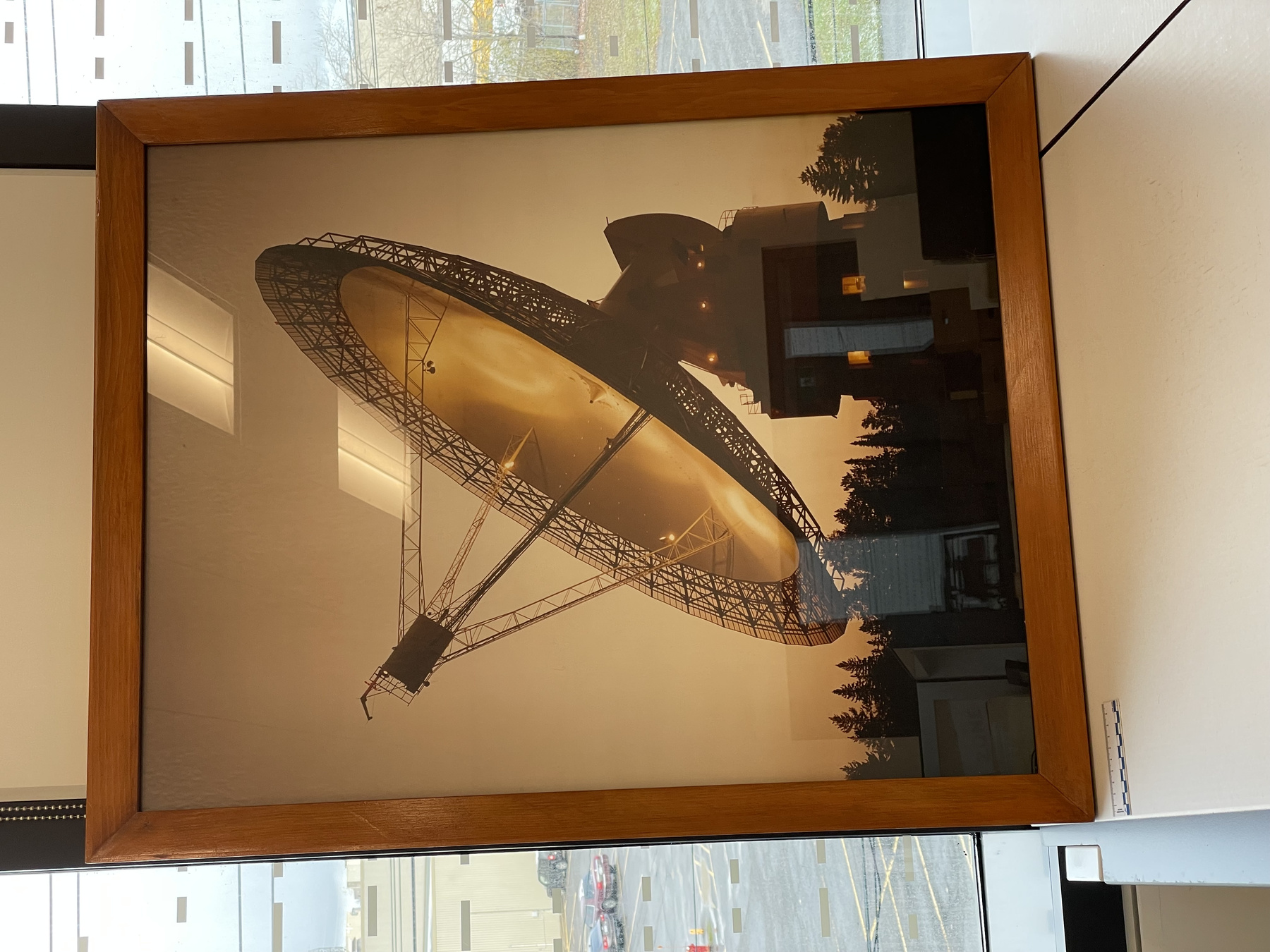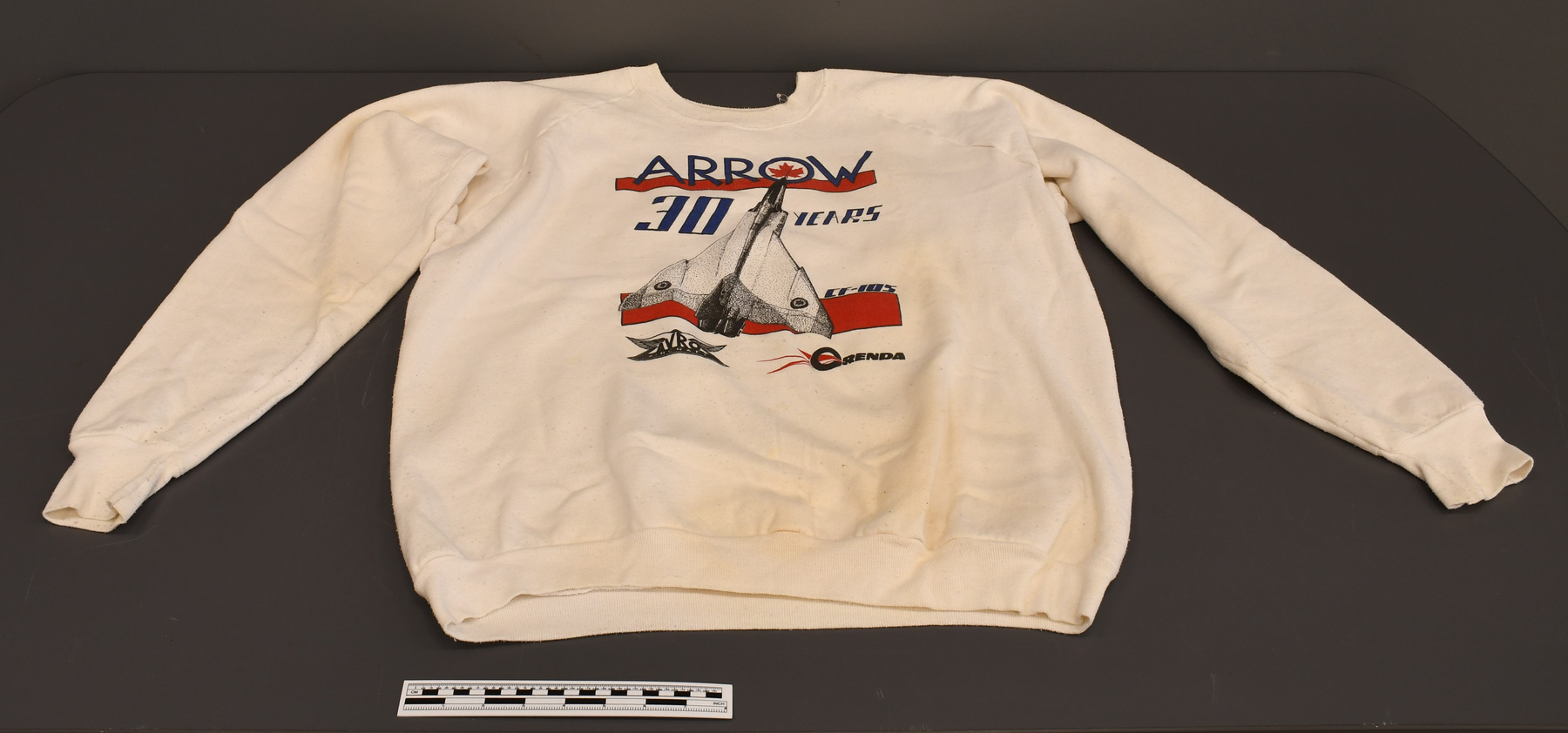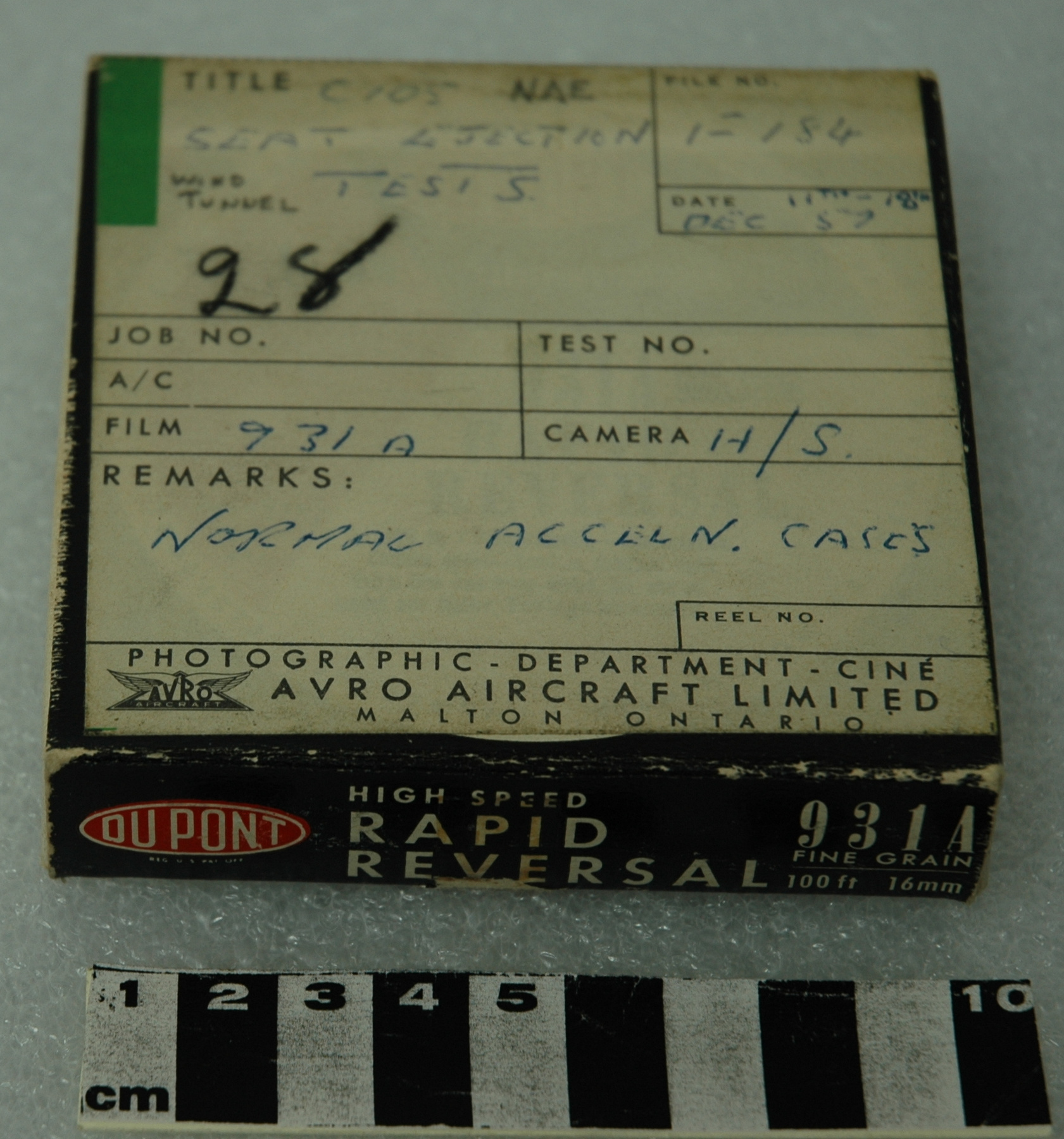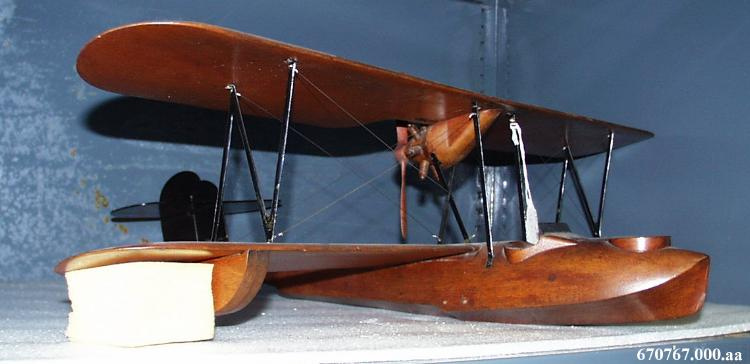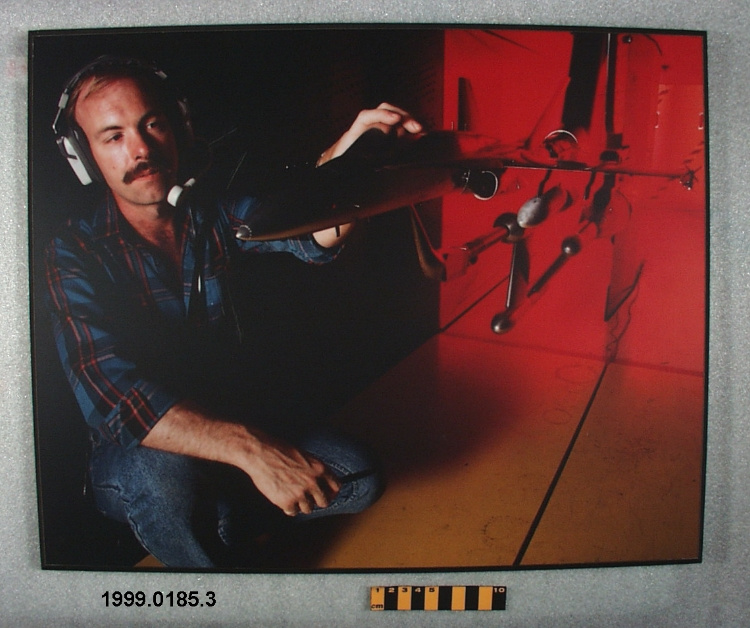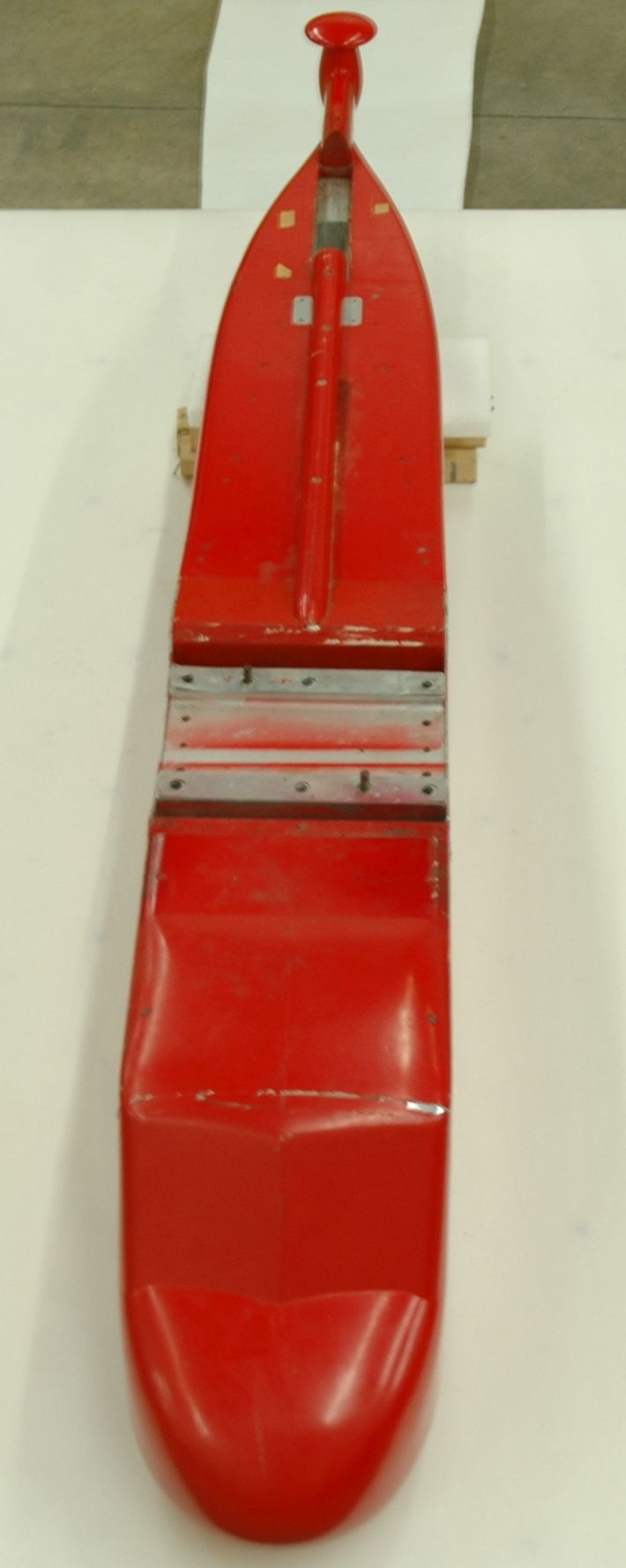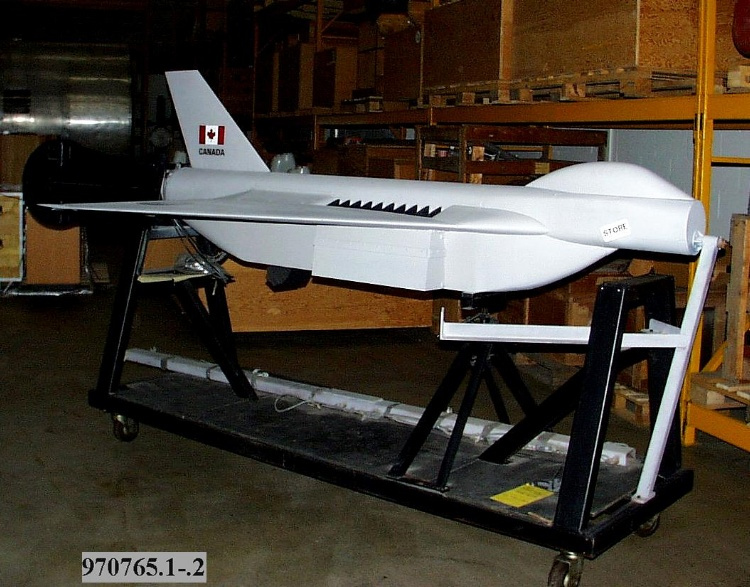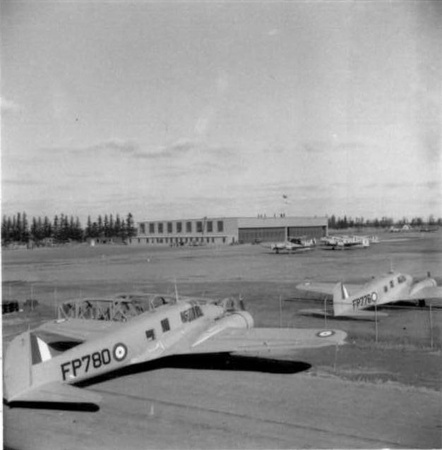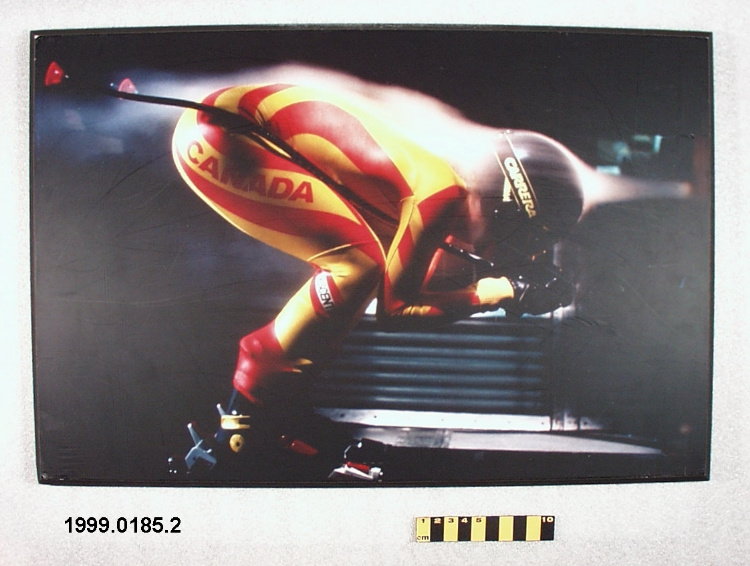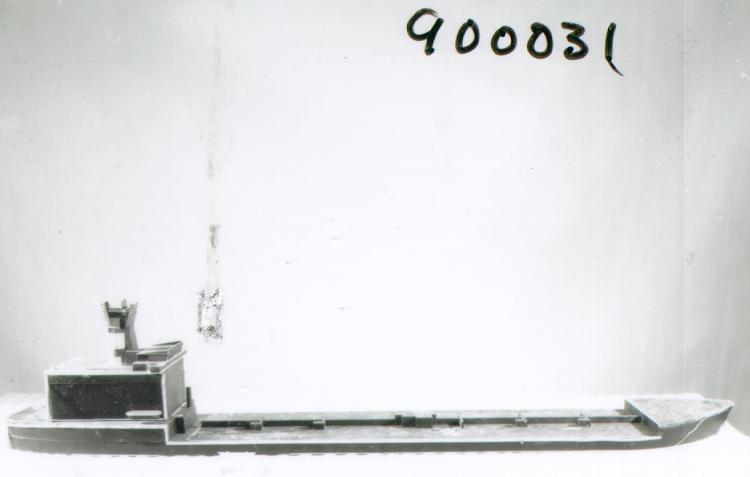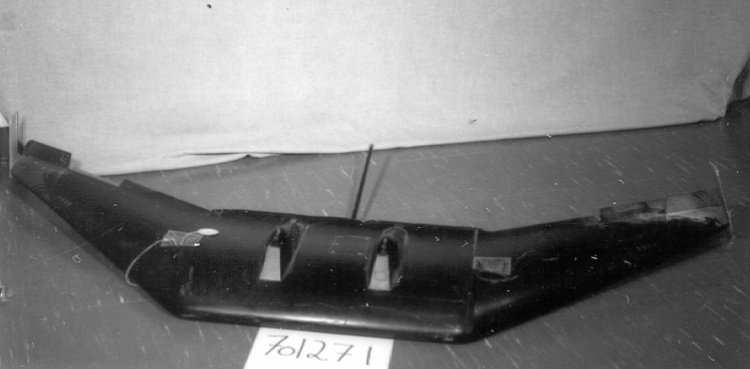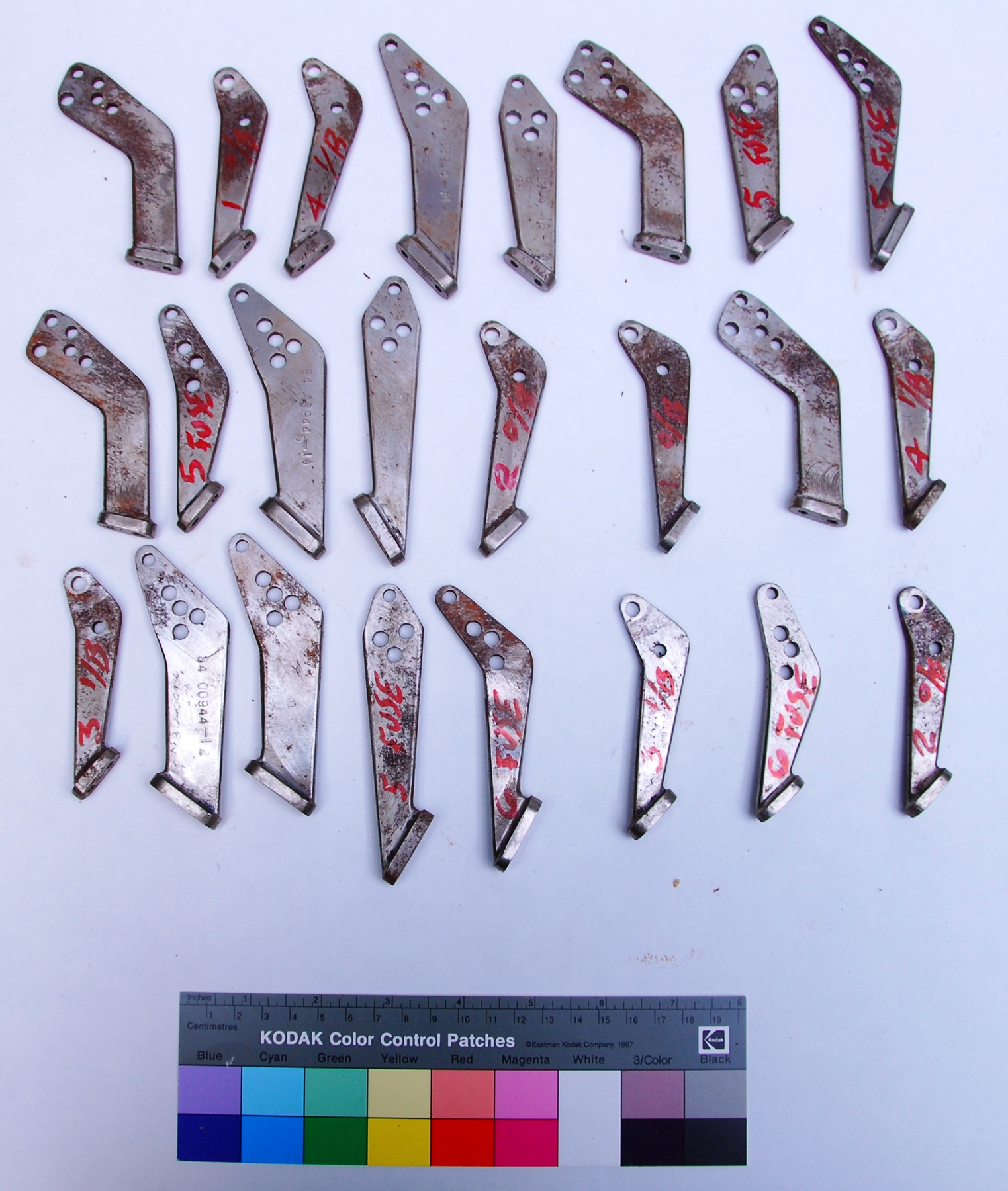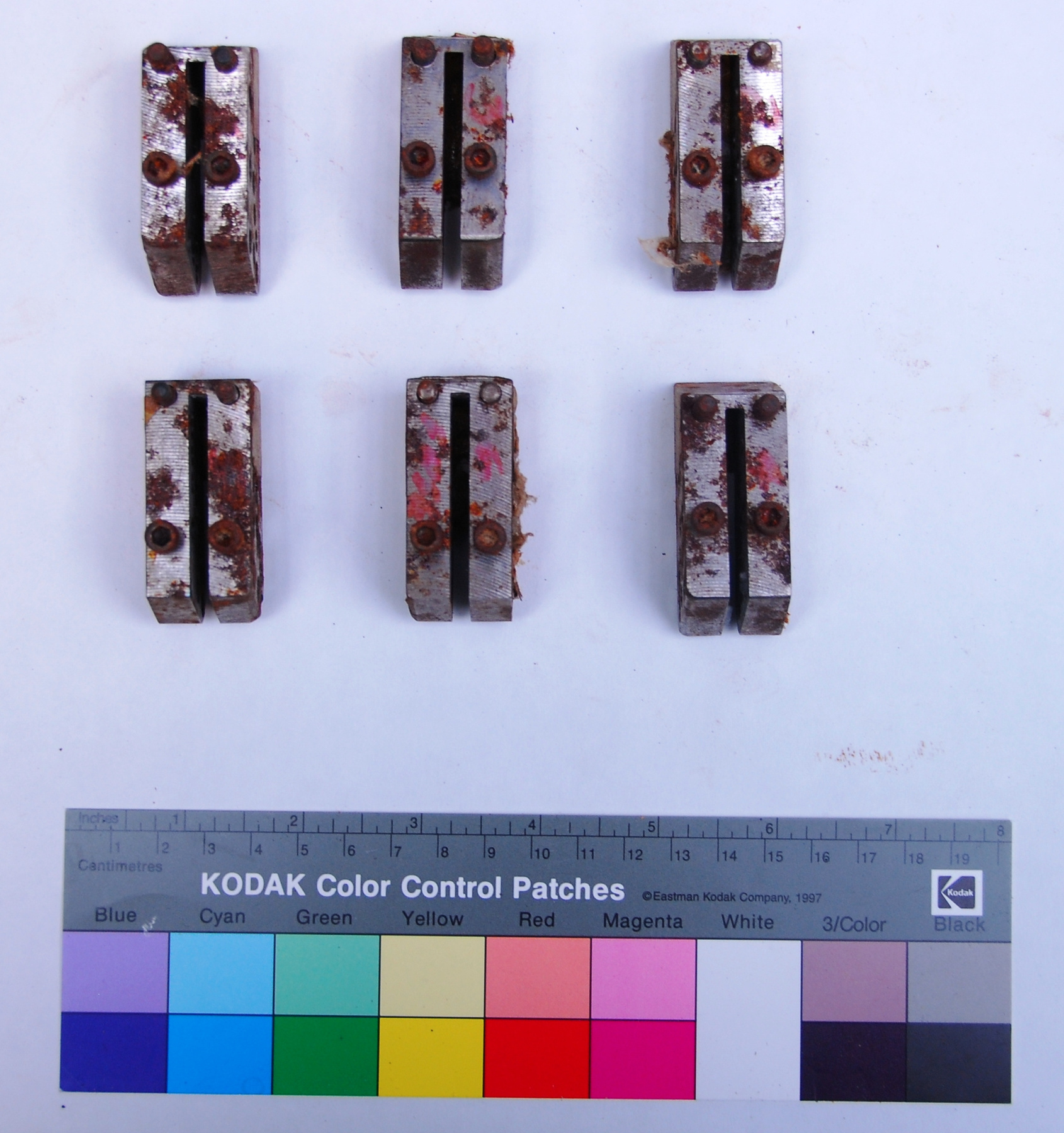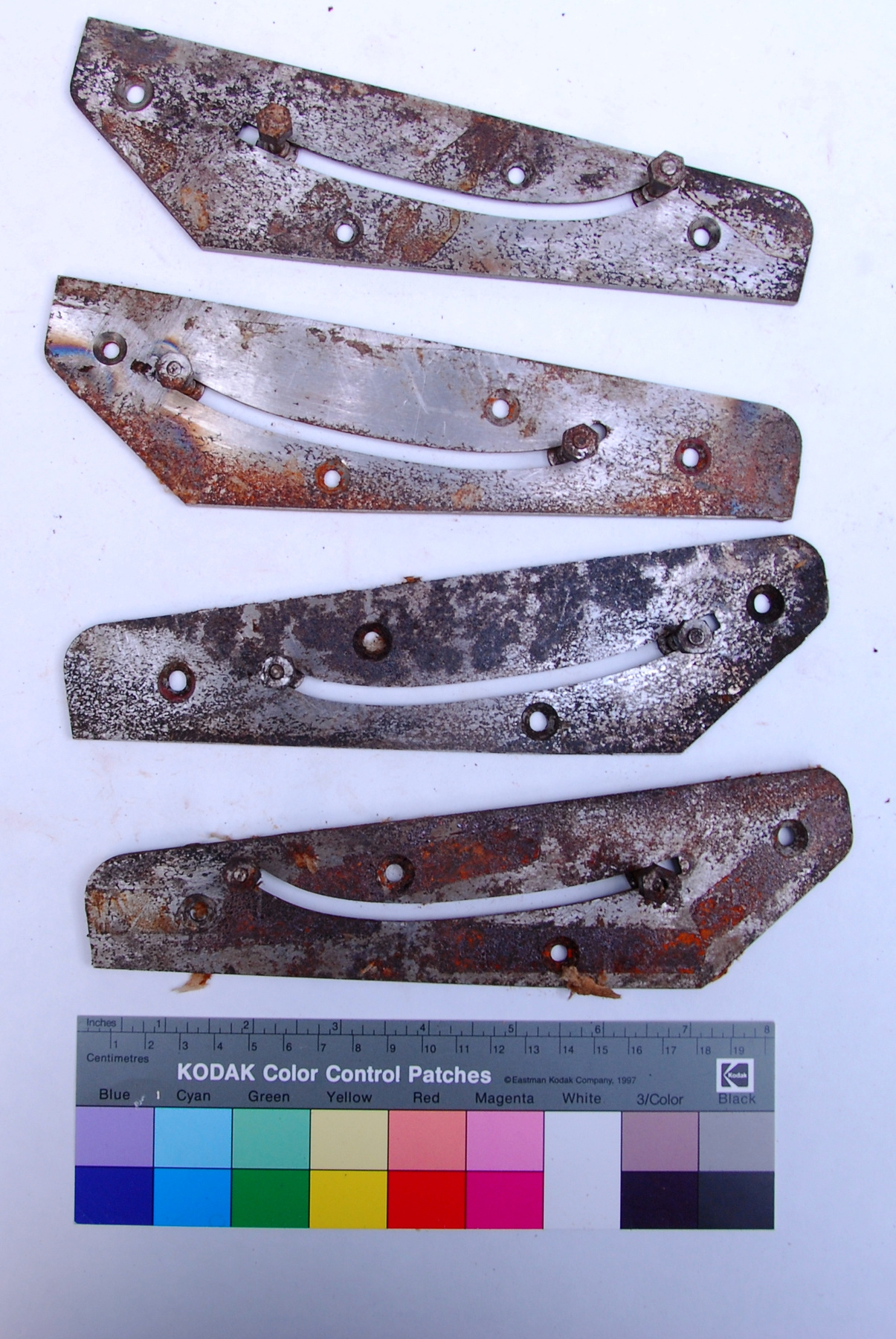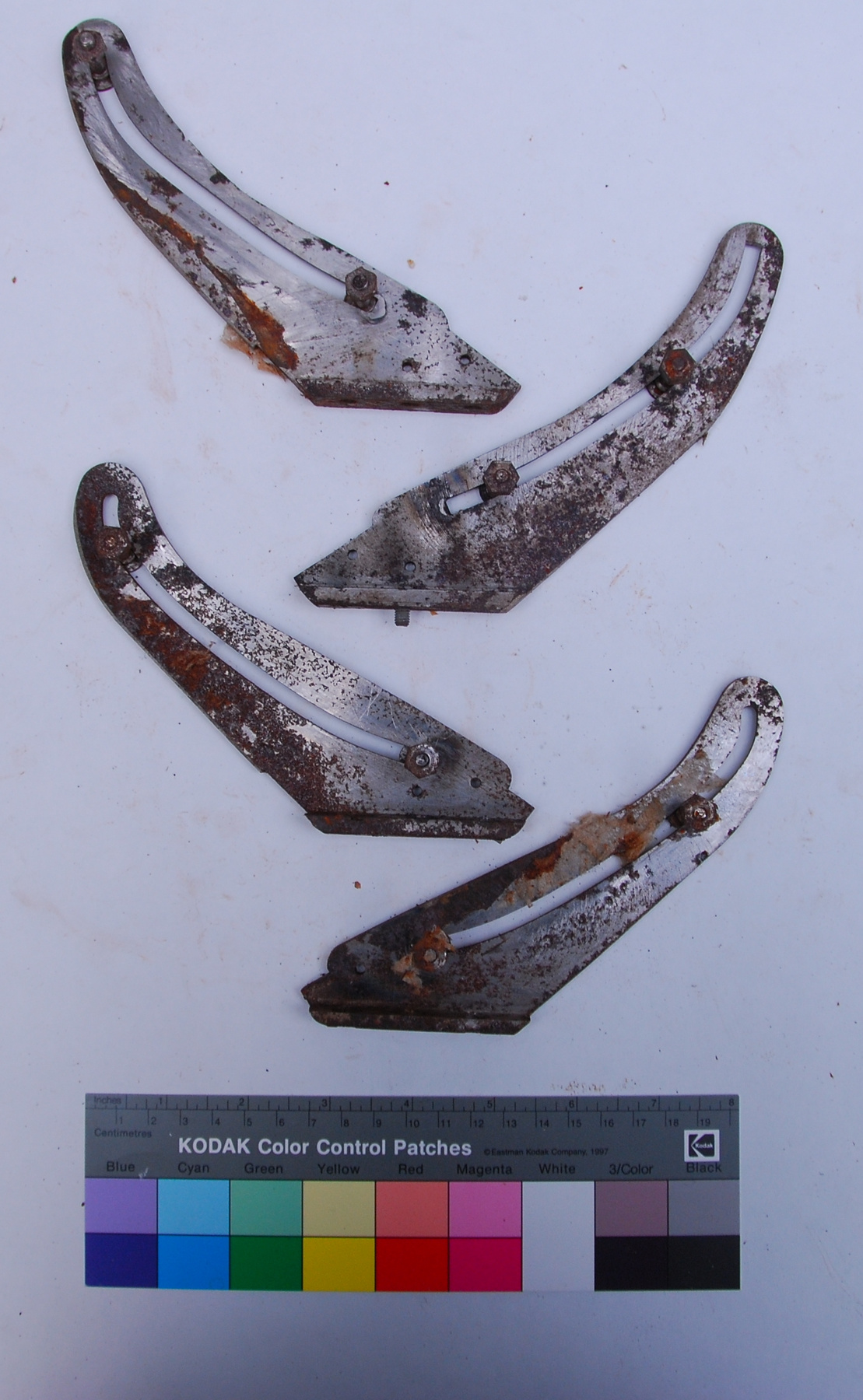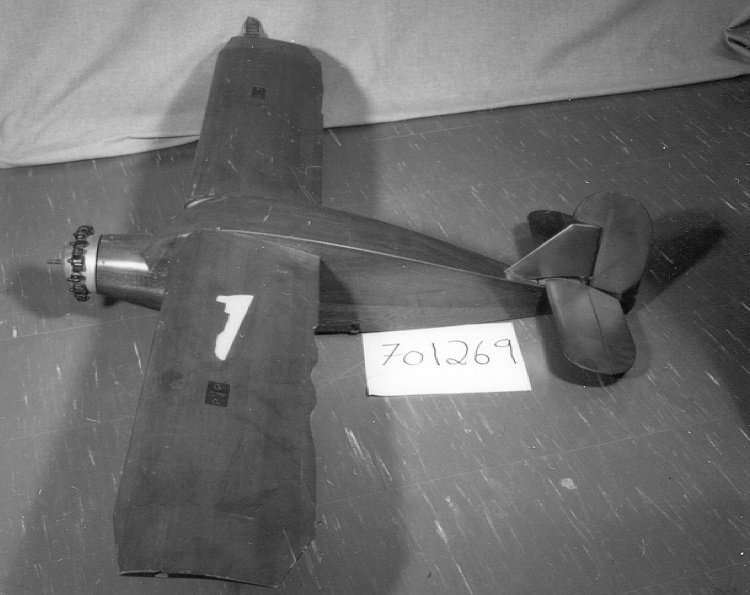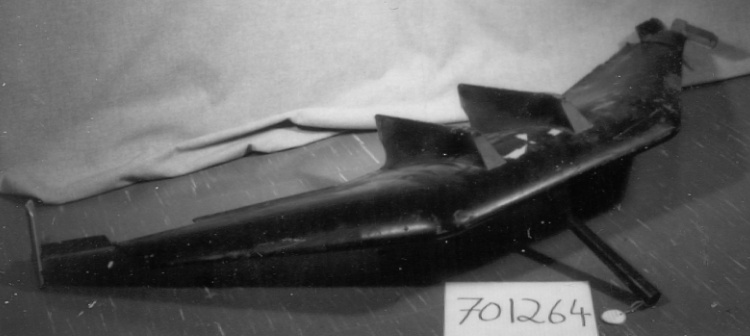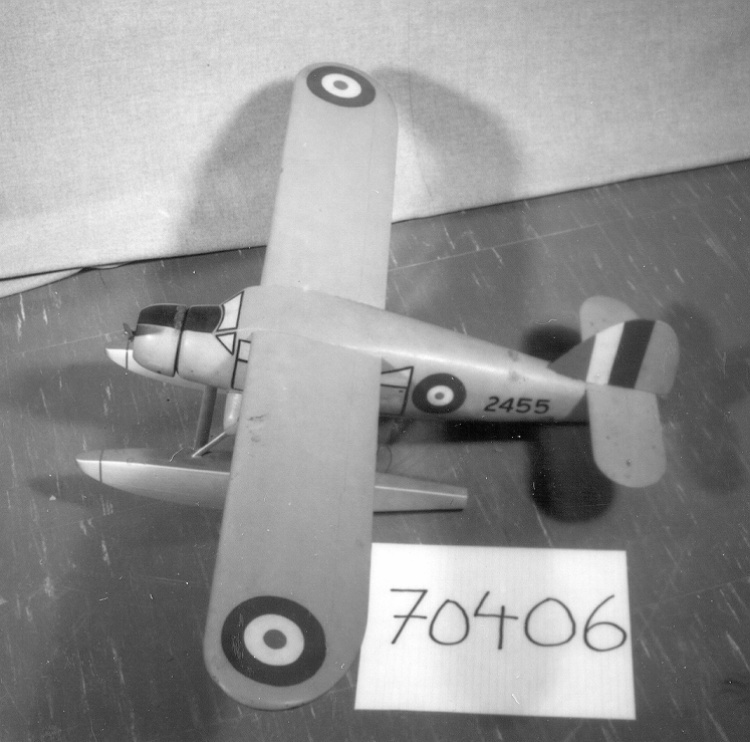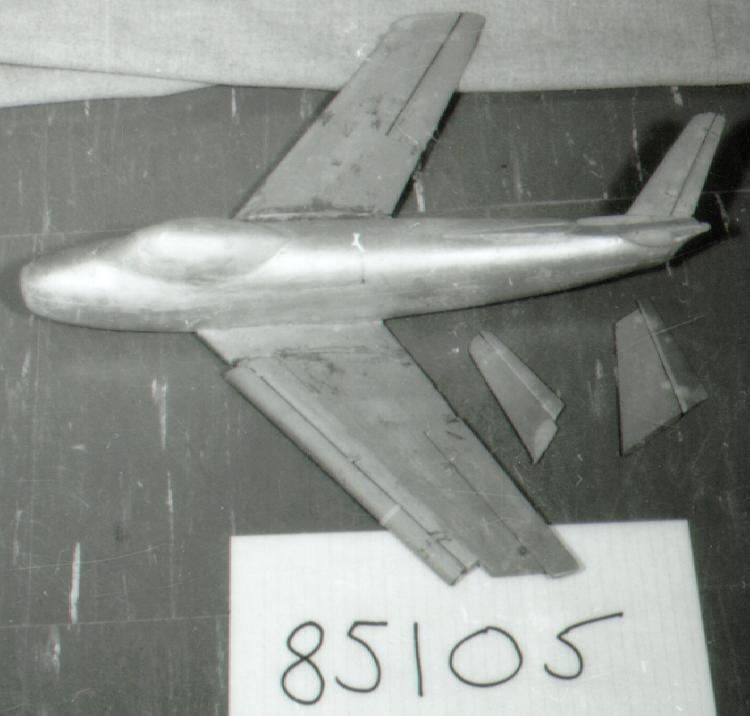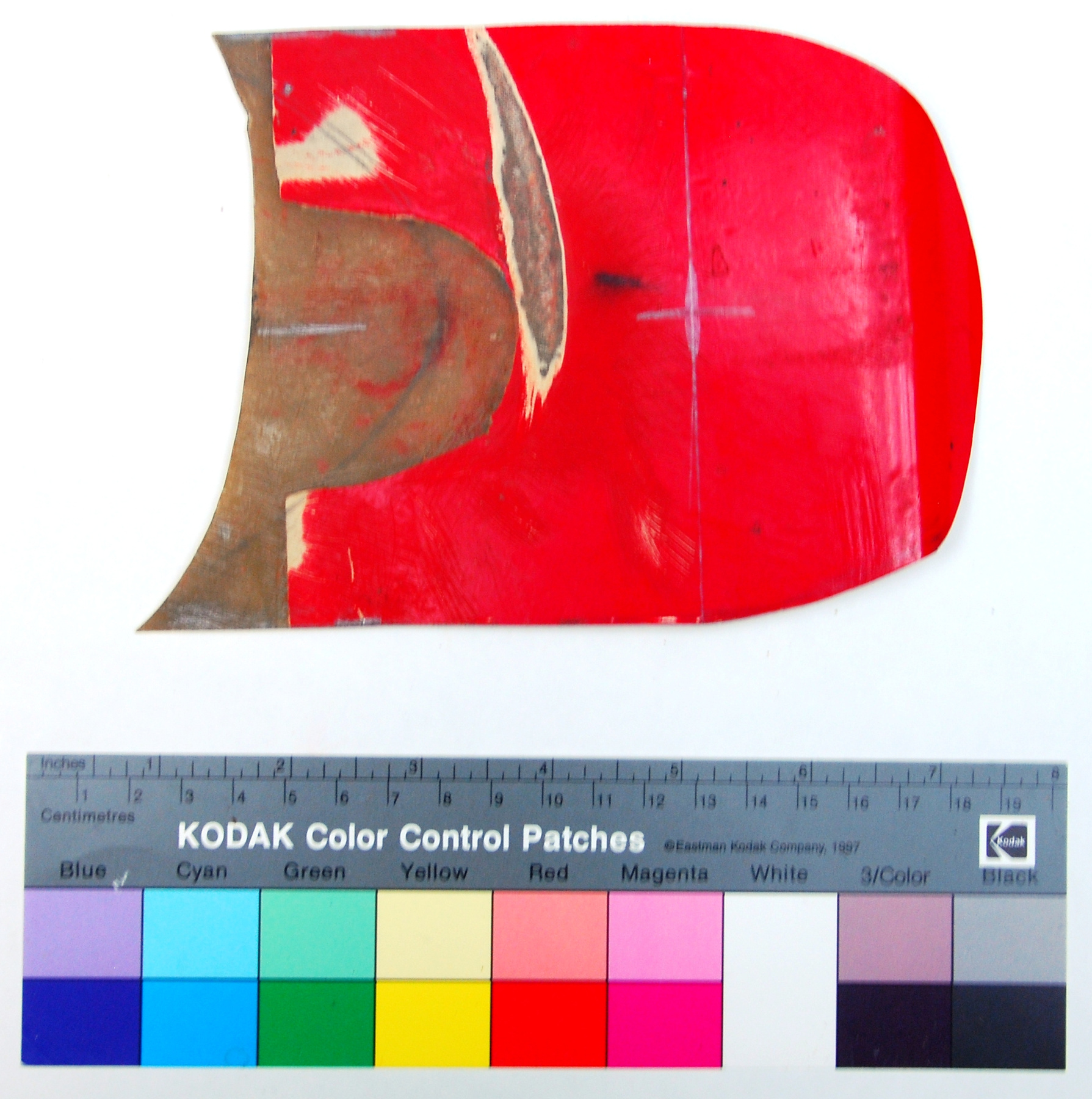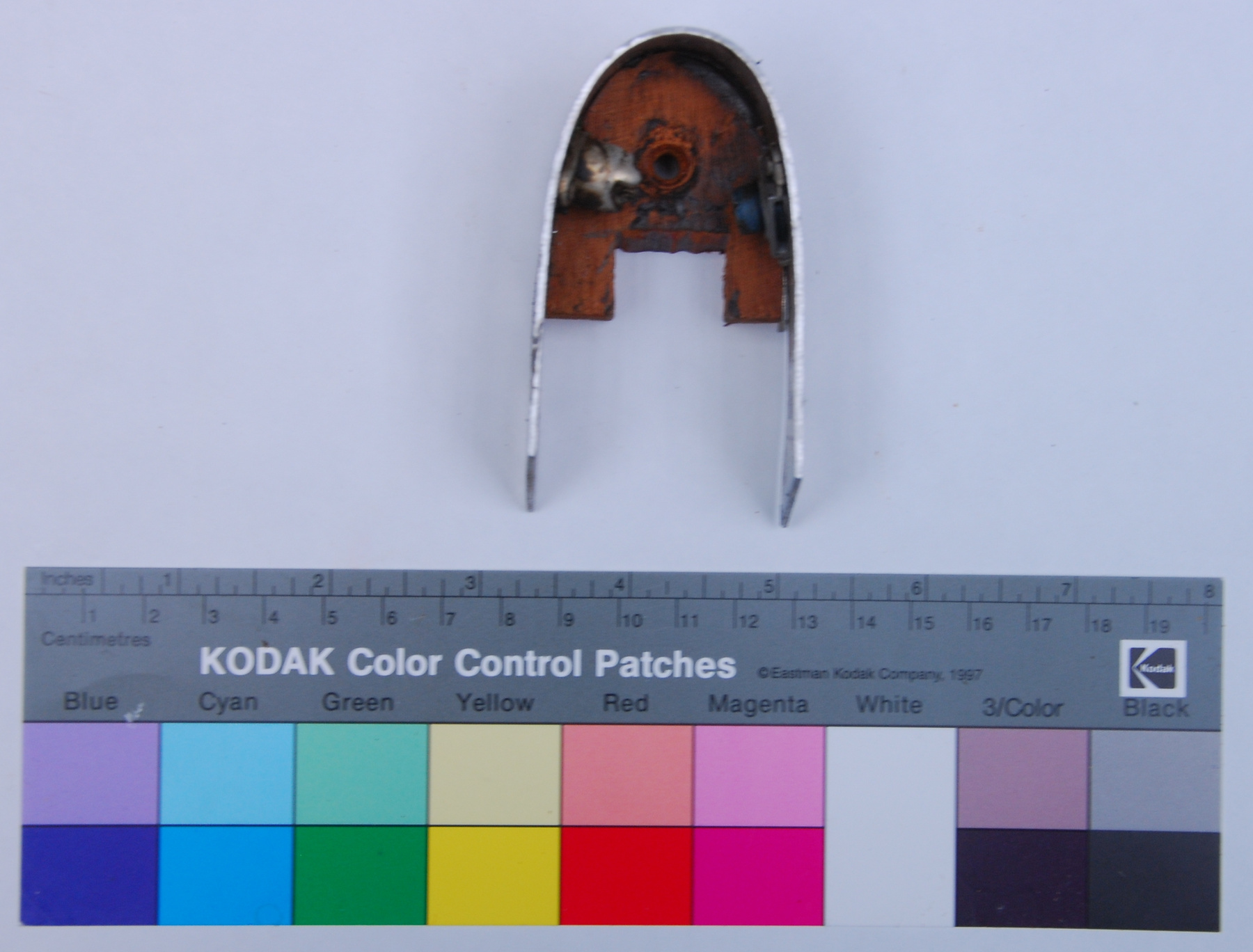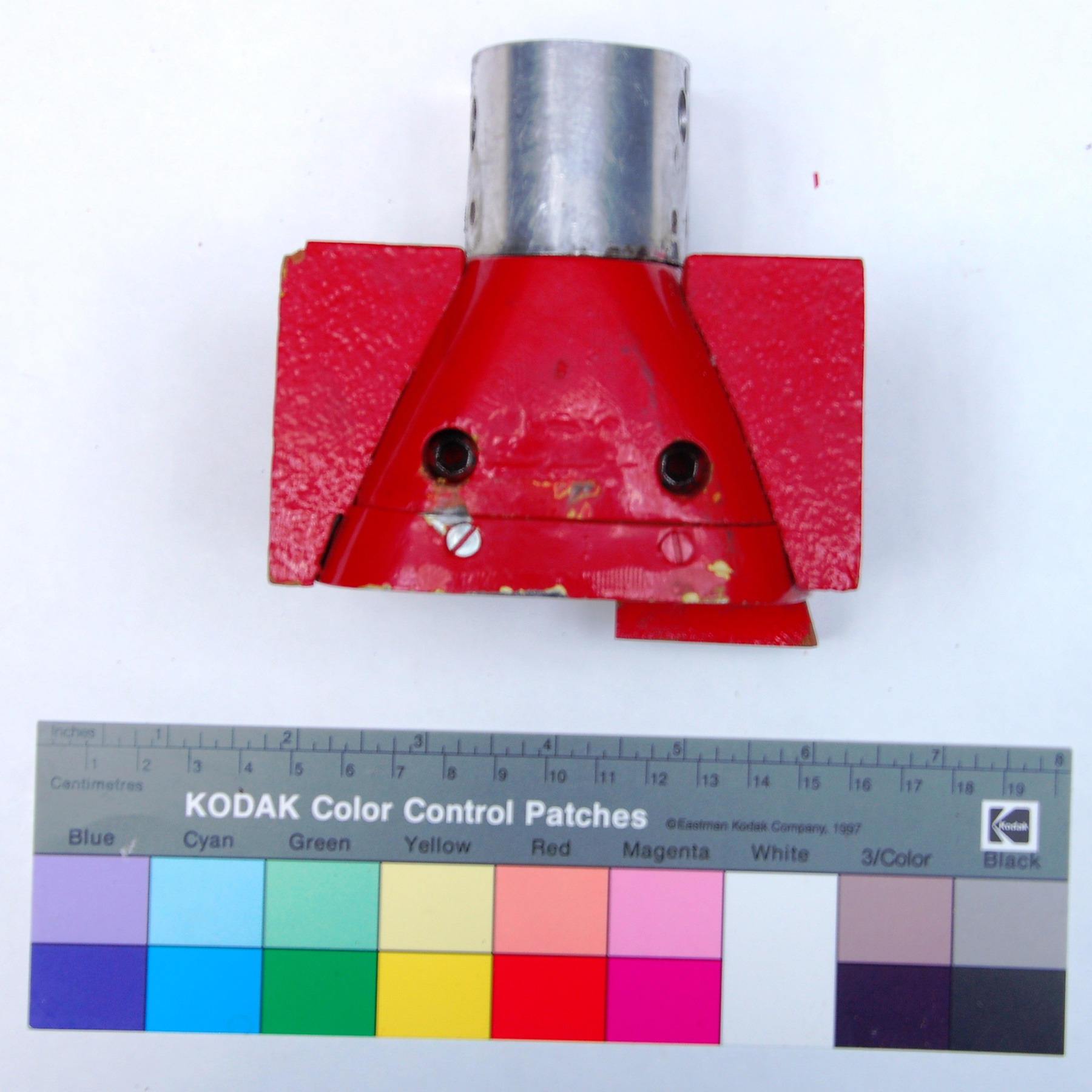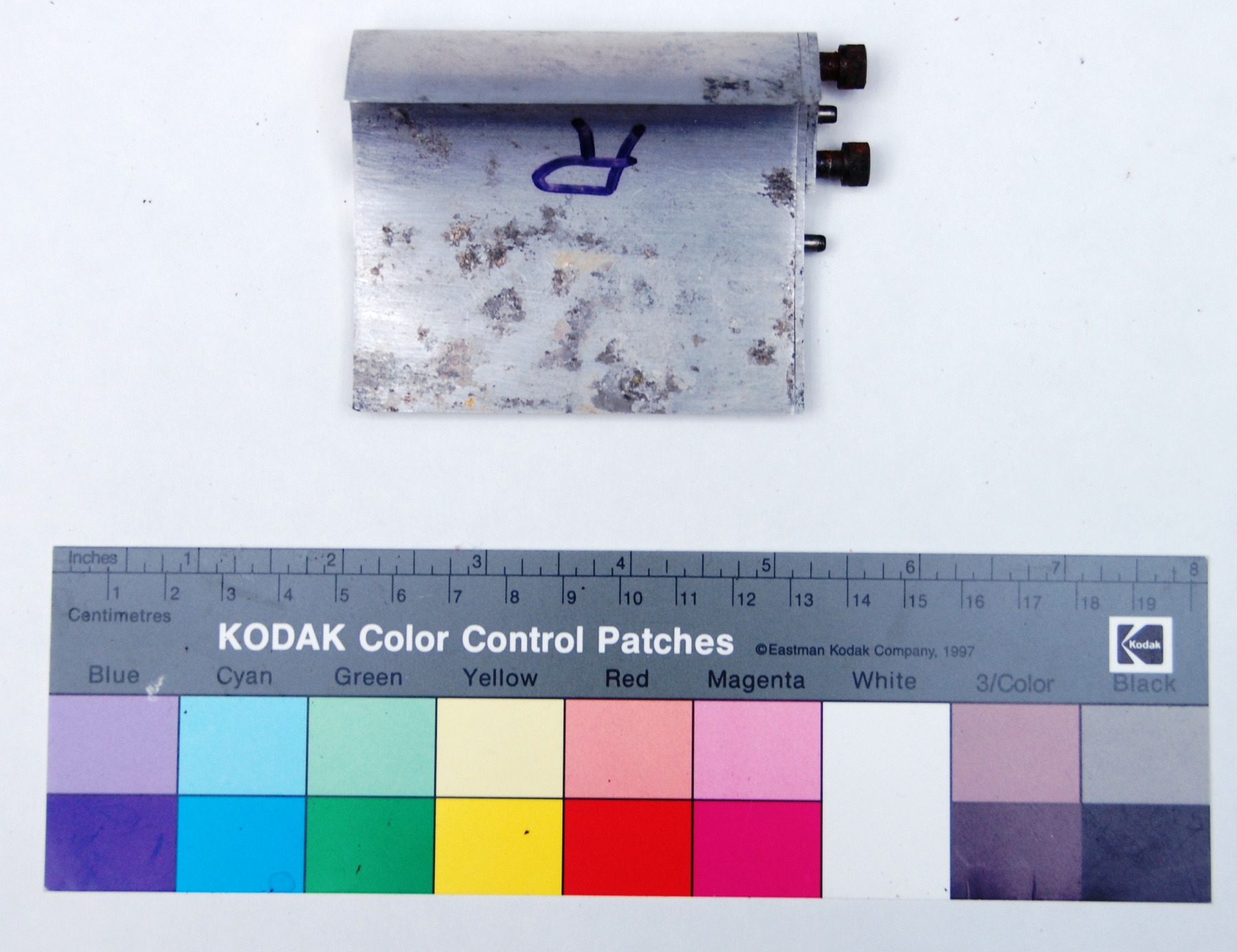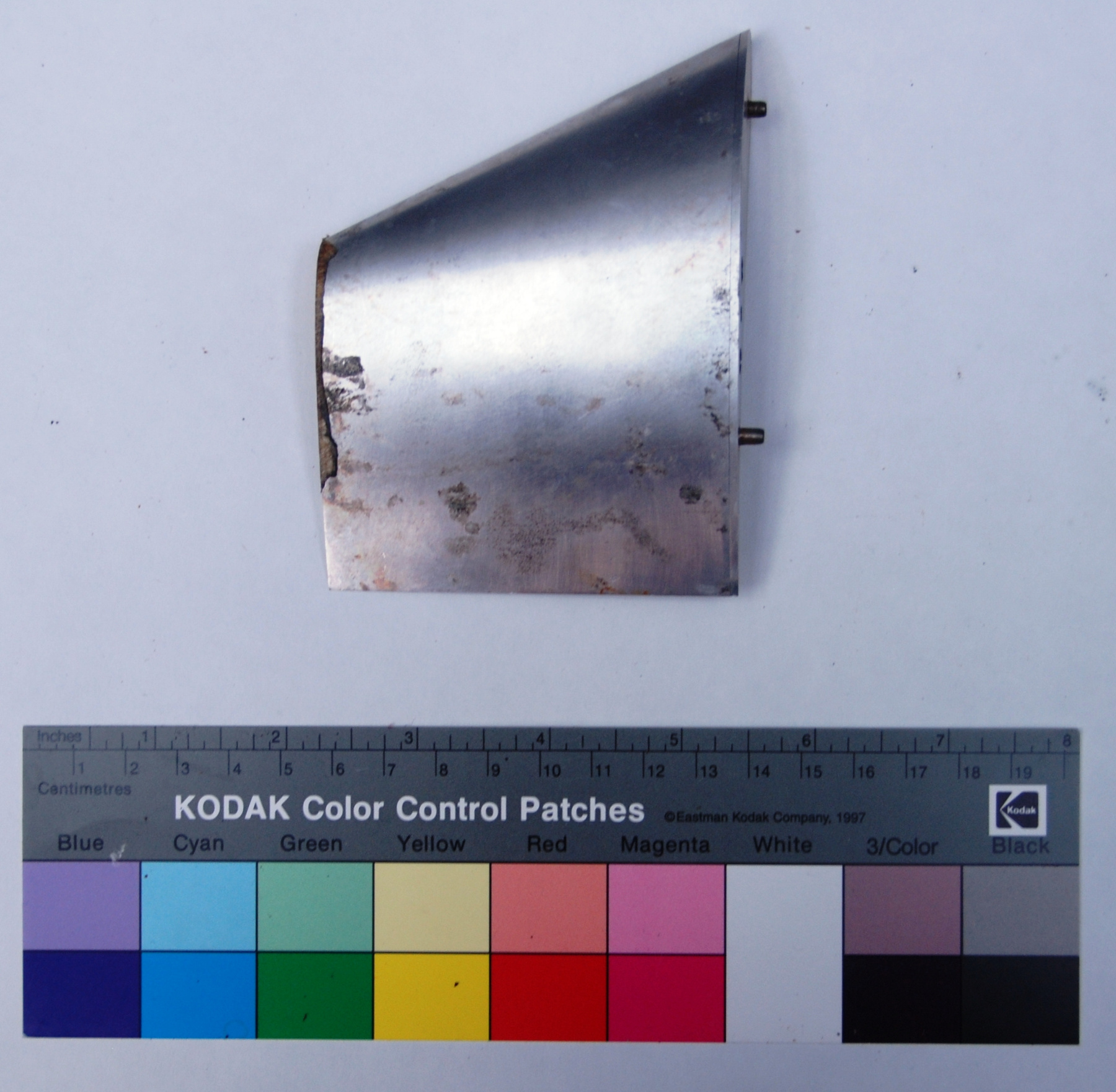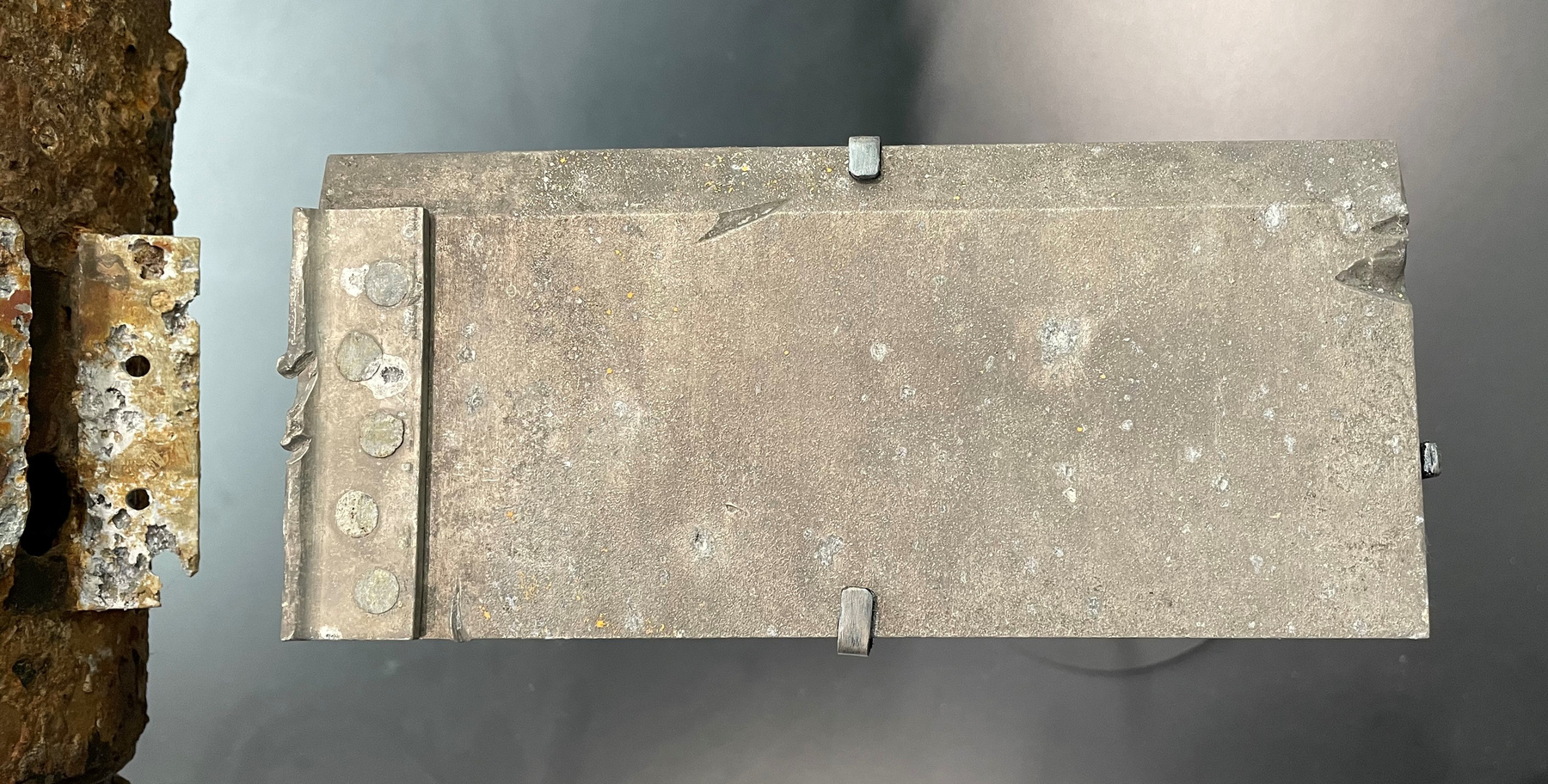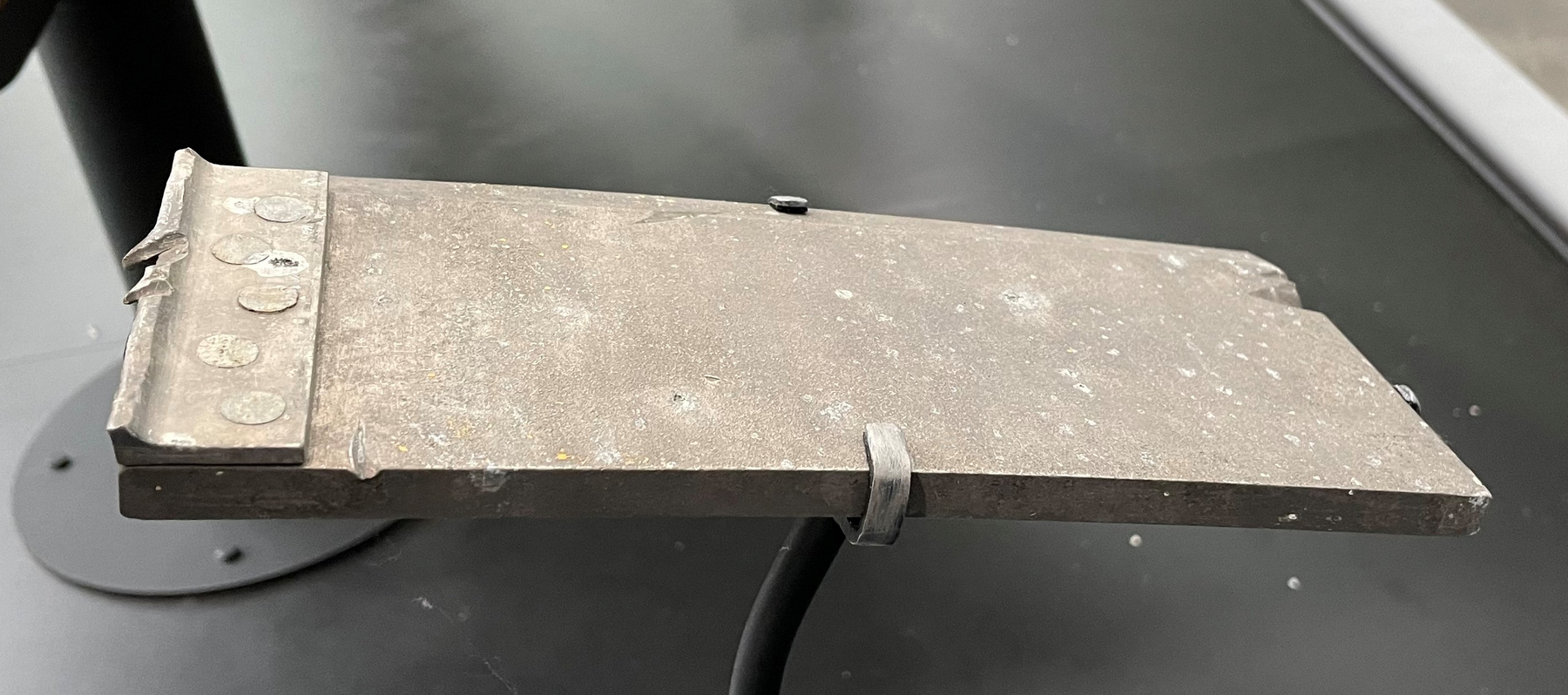Horizontal stabilizer part
Use this image
Can I reuse this image without permission? Yes
Object images on the Ingenium Collection’s portal have the following Creative Commons license:
Copyright Ingenium / CC BY-NC-ND (Attribution-NonCommercial 4.0 International (CC BY-NC 4.0)
ATTRIBUTE THIS IMAGE
Ingenium,
2021.0065.004
Permalink:
Ingenium is releasing this image under the Creative Commons licensing framework, and encourages downloading and reuse for non-commercial purposes. Please acknowledge Ingenium and cite the artifact number.
DOWNLOAD IMAGEPURCHASE THIS IMAGE
This image is free for non-commercial use.
For commercial use, please consult our Reproduction Fees and contact us to purchase the image.
- OBJECT TYPE
- N/A
- DATE
- 1954
- ARTIFACT NUMBER
- 2021.0065.004
- MANUFACTURER
- Canadian Armament Research and Development Establishment
- MODEL
- Delta Test Target-3;DTV-3
- LOCATION
- Canada
More Information
General Information
- Serial #
- 4
- Part Number
- 4
- Total Parts
- 7
- AKA
- N/A
- Patents
- N/A
- General Description
- Primarily metal
Dimensions
Note: These reflect the general size for storage and are not necessarily representative of the object's true dimensions.
- Length
- N/A
- Width
- N/A
- Height
- N/A
- Thickness
- N/A
- Weight
- N/A
- Diameter
- N/A
- Volume
- N/A
Lexicon
- Group
- Aviation
- Category
- Research
- Sub-Category
- N/A
Manufacturer
- AKA
- CARDE
- Country
- Canada
- State/Province
- Unknown
- City
- Unknown
Context
- Country
- Canada
- State/Province
- Ontario
- Period
- Most likely fired from the Canadian Armament Research and Development Establishment (CARDE) in October 1954.
- Canada
-
Taken from acquisition proposal "Historical research and material culture analysis strongly suggests that this object is DTV-3, the third and final DTV to be fired from the CARDE range at Point Petre. This analysis also indicates that the DTVs were used to prove that the CARDE range could support Avro’s free flight model testing (FFM) program. This object meets several of the factors outlined by the Canadian Cultural Property Export Review Board (CCPERB)’s criteria for determining whether an object is of Outstanding Signifi-cance and National Importance. Close association with Canadian history: Given the DTV-3’s link with the free flight model testing program for the Avro Arrow, this object is closely associated with the infamous aircraft and the company that developed it, A.V. Roe Canada. It is also closely associated with innovation, that related to the Arrow but also in and of itself as it represents a unique approach to testing that had never been done in Canada before. The Arrow might have been a truly remarkable aircraft. It certainly comprised many advanced technologies including an early fly-by-wire system and was intended to be powered by arguably the most advanced jet engine of the time. Supersonic flight was in its infancy and Canada did not have the necessary facilities to conduct the required supersonic wind tunnel tests, not to mention that wind tunnel testing can only reveal so much. A free flight model testing program was required to gather the necessary data on lateral stability at supersonic speeds. The firing range at Point Petre (located in Prince Edward County) was winding down in its testing and tracking the Velvet Glove missile designed for use by the AVRO CF-100 Canuck, and was identified as being a good location for a free flight model testing program. Research strongly suggests that the unusually-shaped DTVs were fired in advance of the free flight models to test the facilities and personnel at Point Petre and determine if such a program could be undertaken. The cancellation of the Arrow and the eventual dissolution of A.V. Roe Canada continue to linger in the public memory and, one could argue, represent a formative aspect of Canadian aviation history. As A.V. Roe was the high-tech aviation firm in the country, its demise represented a significant loss in this area of the aviation industry for many years. Furthermore, Canada has not designed and built another military jet or supersonic aircraft since the Arrow was cancelled. DTV-3 is now a part of that legacy, legend, and mythology." - Function
-
General: To serve as a scale flying model of the Avro Arrow. Specific: A crude test model fired over Lake Ontario as a precursor, and likely proving ground, to the free-flight model testing program of the design and development of the Avro Arrow. - Technical
-
Taken from acquisition proposal "The design and development process of the Arrow followed an unusual path for Avro. In order to move from the design phase to production in a very short period of time, Avro employed what is called the Cook-Craigie method, named for its American inventors. Instead of building full-scale, hand-built prototypes for extensive testing, companies would use other methods of testing to collect as much relevant data as possible to inform the design of an aircraft - effectively skipping the prototype phase altogether and moving directly to a production type. This was further complicated by the fact that supersonic flight was in its infancy and Canada did not have the necessary facilities to conduct the required supersonic wind tunnel tests. Furthermore, wind tunnel testing could only reveal so much. As such, a free flight model testing program was required to gather the necessary data on lateral stability at supersonic speeds. The firing range at Point Petre (located in Prince Edward County) was winding down in its testing and tracking the Velvet Glove missile designed for use by the AVRO CF-100 Canuck, and was identified as being a good location for a free flight model testing program. Research strongly suggests that the unusually-shaped DTVs were fired in advance of the free flight models to test the facilities and personnel at Point Petre and determine if such a program could be undertaken." - Area Notes
-
Unknown
Details
- Markings
- None apparent
- Missing
- Appears complete
- Finish
- Pitted metal
- Decoration
- None
CITE THIS OBJECT
If you choose to share our information about this collection object, please cite:
Canadian Armament Research and Development Establishment, Horizontal stabilizer part, circa 1954, Artifact no. 2021.0065, Ingenium – Canada’s Museums of Science and Innovation, http://collections.ingeniumcanada.org/en/item/2021.0065.004/
FEEDBACK
Submit a question or comment about this artifact.
More Like This
